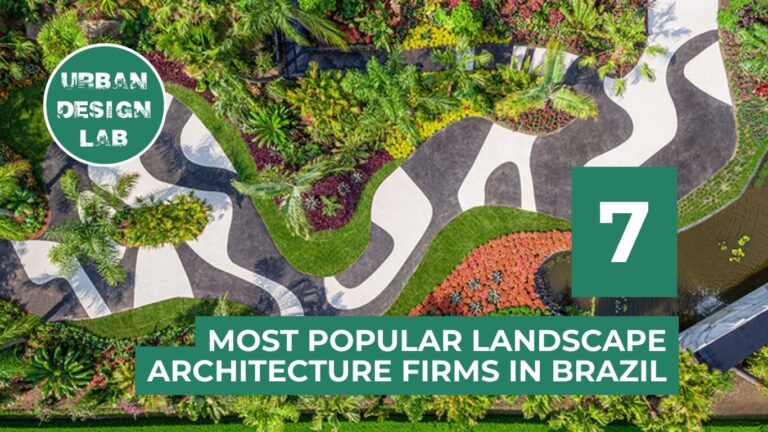
Transformative Public Spaces That Enhance Urban Social Experience
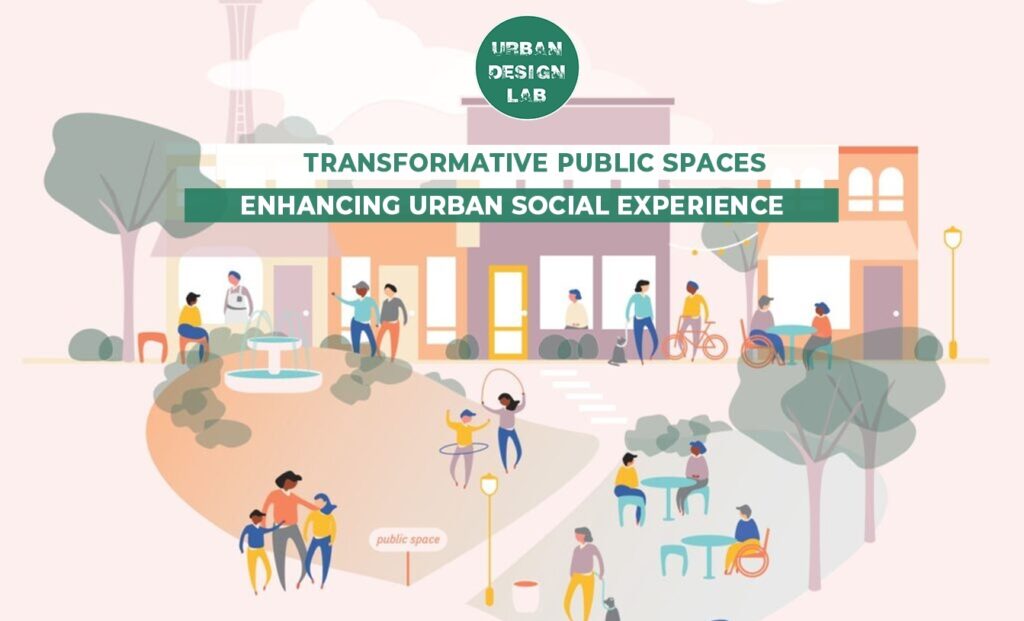
Public spaces are the most important aspect of evolving cities. But the true essence of public spaces lies in the urban social experience it provides for the users. In rapidly diversifying Indian cities, public spaces are more than parks and plazas. Public spaces are platforms for culture, connection, and everyday life. The paper aims to understand how transformative public spaces shape urban social experiences. Studying the Indian examples of Mumbai’s Marine Drive, Delhi’s Lodhi Art District, and the self-made vibrant culture of Dharavi. These spaces define themselves not just as locations but as places where people gather, celebrate, express themselves, and build community. Using real-world examples to examine the relation between art, daily tradition, markets, diversity, and nature leads to creating a place that is both functional and meaningful. The case of Dharavi highlights how even in the most challenging environments, people can thrive to create spaces full of life, creativity, and social value.
The conclusion calls for all the stakeholders to recognize the potential of public spaces for Indian cities and use them as tools for social change and urban well-being.
The Power of Public Spaces in Urban Life
Public spaces are defined to be the ones that are open and accessible to all. But these spaces are far more than empty grounds or green parks.
These are spaces where social and economic lines are blurred. In India, places like Mumbai’s Marine Drive are places that gather a diverse group of people to walk, talk, eat, or simply watch the sunset. It holds the power to bring people together, initiate conversations, and cherish shared memories.
Transformative public spaces are those that adapt to different needs of their users, from festivals and protests to a quiet morning walk. They are accessible, flexible, and open to all. It’s a similar case for Delhi’s Connaught Place’s Central Park, which becomes a hub for collaborative formal events and spontaneous meetups.
A great public space is not designed for the people—it is shaped by the people.
Thus, designing such transformative public spaces requires them to be inclusive, open, and adaptable for the community. Spaces that reflect the neighborhood’s identity rather than being an aesthetic trademarkto the city. The transformation begins not with concrete but with community.

Cultural Expression – Turning Spaces into Places
Culture has an ability to turn a space into a place. India usually chooses to express itself culturally through the voice of art, music, and traditions. The Lodhi Art District in Delhi is an important example of this expression. It was once a regular residential area and is currently known to be a vibrant open-air public art district. It happened because the district chose to cover lifeless blank walls with vibrant mural art.
Understanding cultural expression is about the spaces that encourage inclusivity.
Dharavi, a slum in the city of Mumbai, defines how public spaces are shaped by the people. Community-driven places like Dharavi shape art as a tool for social change, giving voice to the community and turning the neglected corners into creative hubs.
This example contradicts the idea that only well-planned spaces can hold a strong community culture. A culture flourishes where people are given the freedom to express themselves.
A transformative public space allows creativity to flow freely and makes the users feel seen and heard. Cities have the power to create spaces that not only speak an aesthetic language but also define a deeper connection with their users.
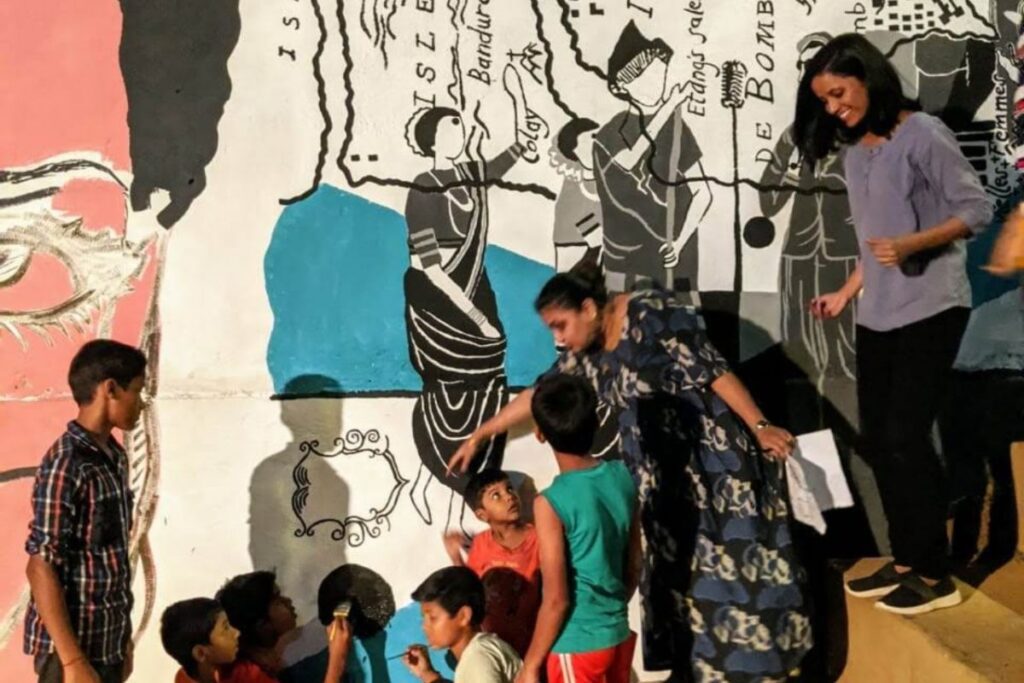
Source: Website Link
Everyday Ritual – The Social Glue of Public Space
Indian cities are not just about big event spaces or art projects. It’s more about those small and daily rituals that give liveliness to spaces. The morning yoga in parks, evening walks along riverfronts, and chai stalls at every corner are part of the urban ritual that the city follows.
Understanding different lenses through examples. Marine Drive, Mumbai, is a place where people from different walks of life gather to walk, sit, and relax along the sea breeze. A place that holds memories and creates a sense of safety and belongingness for citizens.
Dharavi is often known for its challenges observed in their living conditions. But the community defines the true meaning of how daily rituals shape resilience and belonging. In this place, the narrow lanes turn into cricket fields, pottery workshops spill onto the streets, and tea stalls become meeting points.
These places are a mark of social bond and urban identity to the community.
Transformative spaces are those that support these rituals. It could be providing benches, vending spaces, open areas, or simply allowing people to derive functions from a space. The idea that lies behind it is that design matters, but so does flexibility.
Markets and Food – The Soul of Urban Gathering
Markets and food stalls are the heart of Indian public spaces. These are more than places to shop; they are a reason to meet, gossip, and celebrate. From the Dadar Flower Market in Mumbai to the chaotic yet vibrant bazaars of Old Delhi are spaces where color, sound, and energy meet. They don’t just offer food, flowers, and accessories, but memories and connections.
Unlike the modern malls and supermarkets, these traditional markets state a language of openness, adaptability, and deeply rooted local culture.
Internationally, places like the night market of Taipei or the Borough Market in London set an example for the most inclusive public places to be the ones that feed both body and soul. Whereas, in the case of India, the connection is deeply rooted in the traditional culture of markets and foods. They are an integral part of transformative public spaces in India.
Thus, transformative public spaces are the ones that capture the essence of markets and food of the city. A space that is designed for both vendors and visitors, from vending zones to celebrations of local flavors. These markets and foods will redefine the city’s inclusivity.
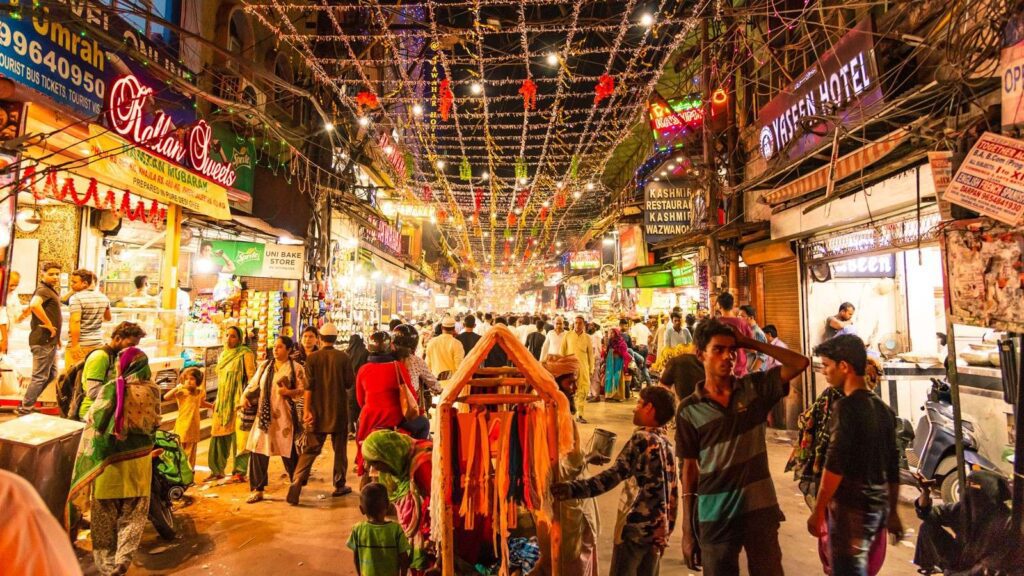
Diversity and Inclusion – Spaces for Everyone
A transformative public place is a reflection of inclusivity. Indian cities are crafted beautifully through different languages, religions, traditions, and public spaces that define diversity.
Dilli Haat in Delhi is a model of inclusivity that is designed to celebrate differences, not erase them. It’s a tradition that brings together craftspeople from across India to showcase their art, food, and culture.
In Dharavi, people from every state and background live next to each other, sharing festivals, foods, and public spaces. This daily life diversity is not a picture-perfect case but a language of being lively. The informality creates a sense of shared destiny and resilience in the community.
Internationally, Toronto’s multicultural festivals are a symbol of platforms that reflect dialogue and understanding. Whereas, in India, the challenges and opportunities are greater, which marks inclusivity as a central goal for designing a public space.
Thus, transformative public spaces are those that invite active participation from diverse groups irrespective of gender, age, or disability. Design elements like ramps, clear signage, and safe lighting make spaces more approachable.

Nature, Health and Well Being in Urban Spaces
Finding greens in the concretized public spaces is a relief to the eyes in crowded cities. Transformative public spaces blend nature with urban, creating spaces that provide relaxation and mental refreshment. Lodhi Garden, Delhi, is an example of where history, culture, and nature blend. The users of this garden picnic under age-old trees, practice yoga in the morning, and enjoy the green relief to the eyes. Dense neighborhoods in Indian cities can be revived by planting trees lined on street edges, small parks, and rooftop gardens.
In Dharavi, designed green public spaces are scarce. But residents make smaller efforts by creating their own—rooftop gardens, potted plants, and community trees. These efforts are the major reason behind the slightest improvement in air quality, reduction in heat, and building of a sense of pride.
A green public space acts like a peaceful, healthy buffer from the chaotic city life. During the COVID pandemic, these green parks and public open spaces played an essential role in urban health.
Cities like Singapore and Curitiba, Brazil, are global leaders that blend nature and urban life. By valuing and expanding green public spaces, Indian cities will transform towards health and happiness.
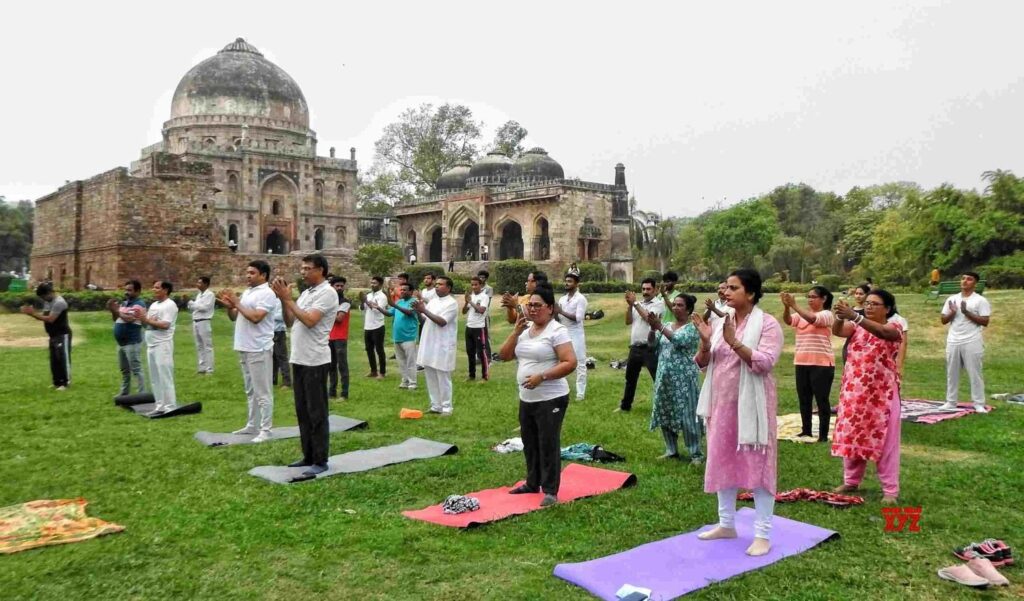
Learning, Adapting and Innovating – The Future of Public Spaces
The most engaging public spaces are the ones that evolve with time. The spaces that incorporate the needs of users and innovate for the future.
‘Raahgiri Day’ in Gurgaon is evidence that Indian cities are trying to evolve. On this day, the streets are not accessible to traffic and are completely pedestrianized. Such initiatives are an example of—‘Innovative and adaptive futures do not always require big budgets.’
Dharavi acts as a powerful example in this case, where community actions and creativity add vibrancy for transformation towards building an inclusive public space. A place that brings light to the fact that—when city planners listen to local residents, public spaces become more inclusive.
Internationally, cities like Barcelona with ‘Superblocks’ and London with ‘Play streets’ are reimagining spaces for the public. The future of Indian cities lies in flexibility, participation, and willingness to embrace these principles, leading to an enriched urban social experience.
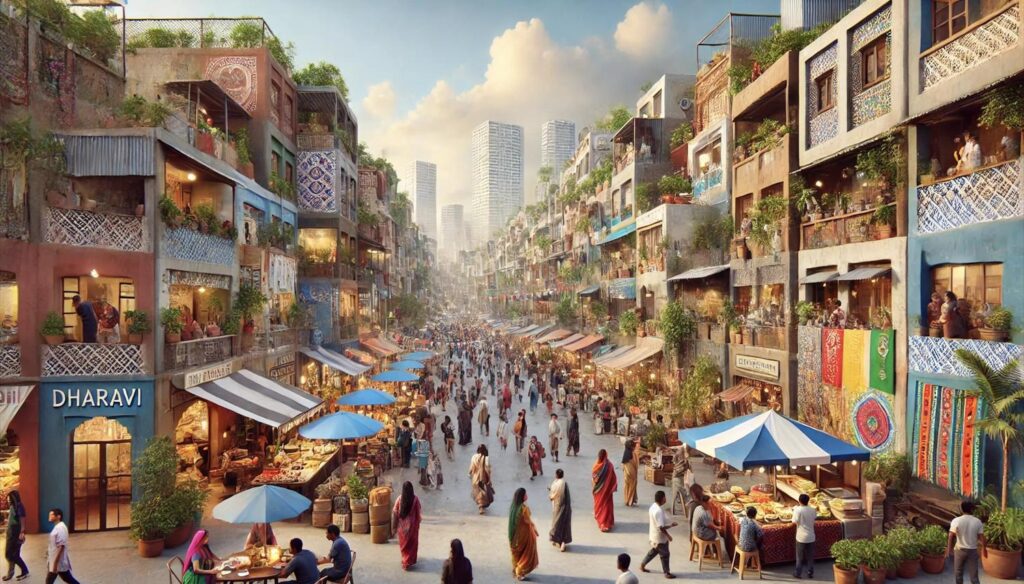
Conclusion
Transformative public spaces are the solution to building more inclusive cities. Indian examples like Marine Drive to Lodhi Art District and Dilli Haat to the daily life creativity of Dharavi draw light on how people, culture, and community shape public spaces.
The paper argues that transformative public spaces are not about aesthetically designed concrete spaces, but more about participation, adaptability, and respect for local identity. Dharavi is a strong example that states that despite the most challenging environments, people can thrive to build spaces with meaning, connection, and hope.
For the growing Indian cities, the core lesson lies in investing in creating public open spaces, listening to communities, and supporting the voice of culture. International examples stand as an inspiration towards building real innovation. By treating users of the space as the higher priority, ordinary spaces can create social experience, resilience, and joy.
Thus, the urban future lies in creating transformative public spaces that are inclusive and adaptable to all.
References
Amin, A. (2008). Collective culture and urban public space. City, 12(1), 5-24.
Carr, S., Francis, M., Rivlin, L. G., & Stone, A. M. (1992). Public Space. Cambridge University Press.
Gehl, J. (2011). Life Between Buildings: Using Public Space. Island Press.
Project for Public Spaces. (2016). The Case for Healthy Places: Improving Health Outcomes Through Placemaking.
UN-Habitat. (2022). Global Public Space Toolkit: From Global Principles to Local Policies and Practice. United Nations Human Settlements Programme.
Whyte, W. H. (1980). The Social Life of Small Urban Spaces. Conservation Foundation.
Zérah, M. H. (2007). Conflict and coexistence in Dharavi, Mumbai. Environment and Urbanization, 19(2), 501-520.
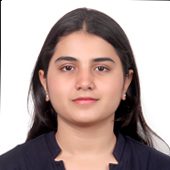
Isha Rahate
About the Author
Isha Rahate is currently pursuing a master’s degree in urban design at CEPT University, Ahmedabad, following the successful completion of her bachelor’s in architecture. She has demonstrated a strong commitment to academic and professional development through active participation in various international design competitions. In addition to her architectural pursuits, she published a poetry book in 2023, reflecting her multidisciplinary interests and creative capabilities. Her academic background focuses on urban design, and she has experience in both design and poetry writing.
Related articles
UDL Illustrator
Masterclass
Visualising Urban and Architecture Diagrams
Session Dates
17th-18th January 2026

Urban Design Lab
Be the part of our Network
Stay updated on workshops, design tools, and calls for collaboration
Curating the best graduate thesis project globally!
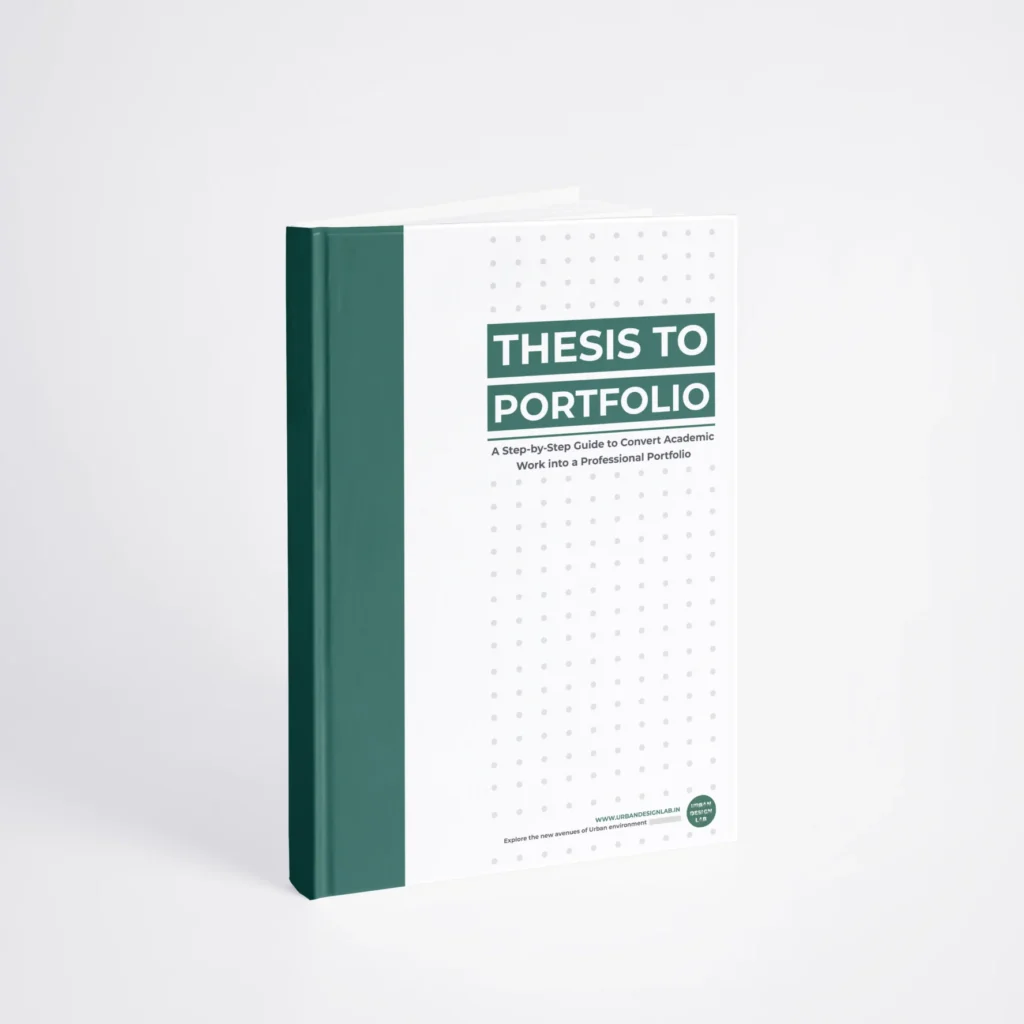
Free E-Book
From thesis to Portfolio
A Guide to Convert Academic Work into a Professional Portfolio”
Recent Posts
- Article Posted:
- Article Posted:
- Article Posted:
- Article Posted:
- Article Posted:
- Article Posted:
- Article Posted:
- Article Posted:
- Article Posted:
- Article Posted:
- Article Posted:
Sign up for our Newsletter
“Let’s explore the new avenues of Urban environment together “
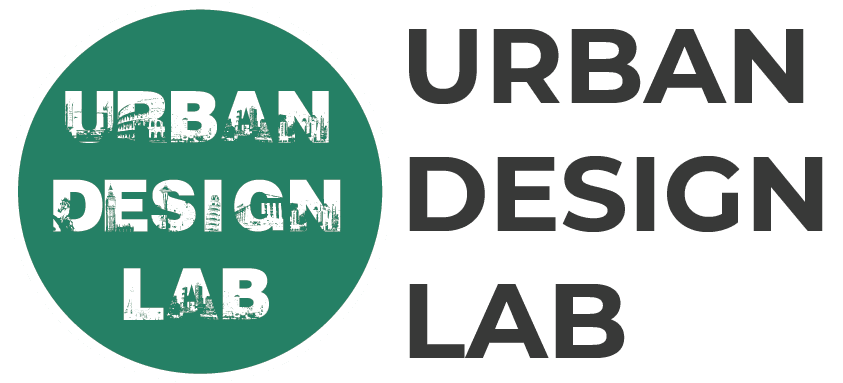
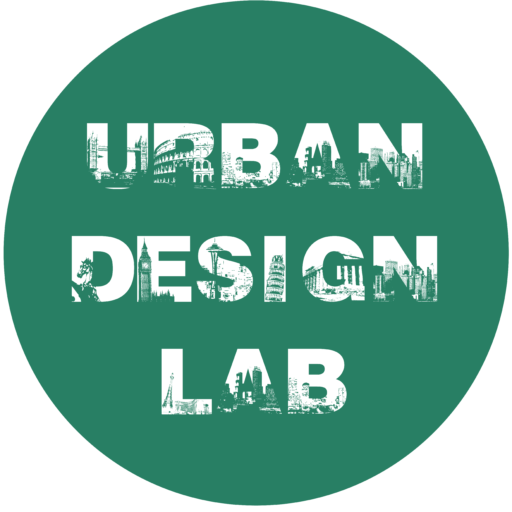
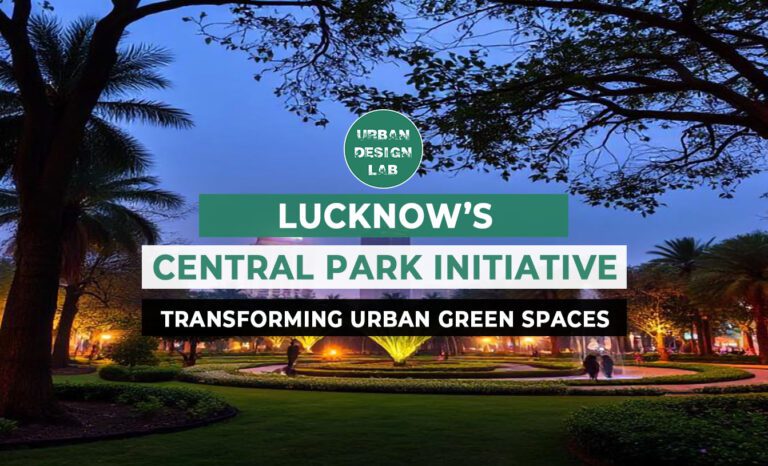
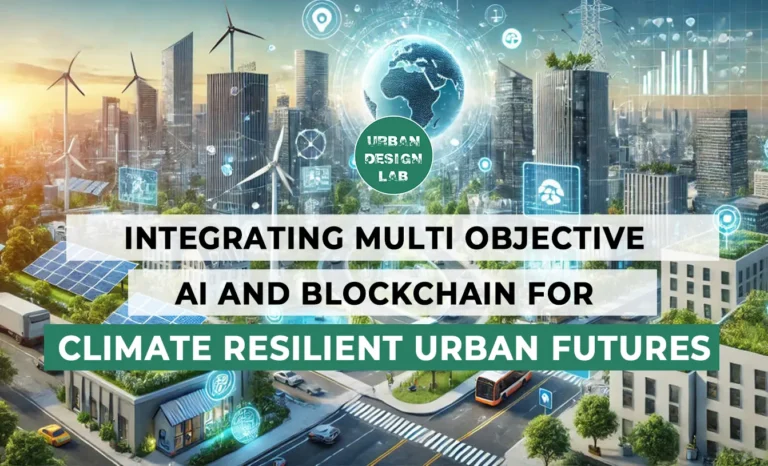
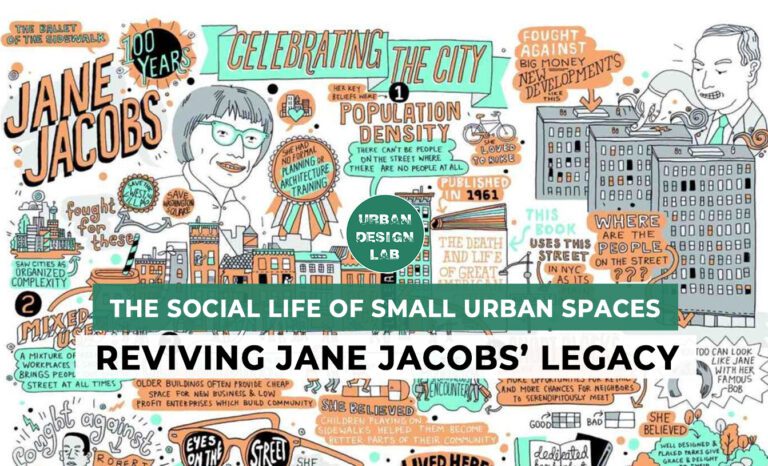
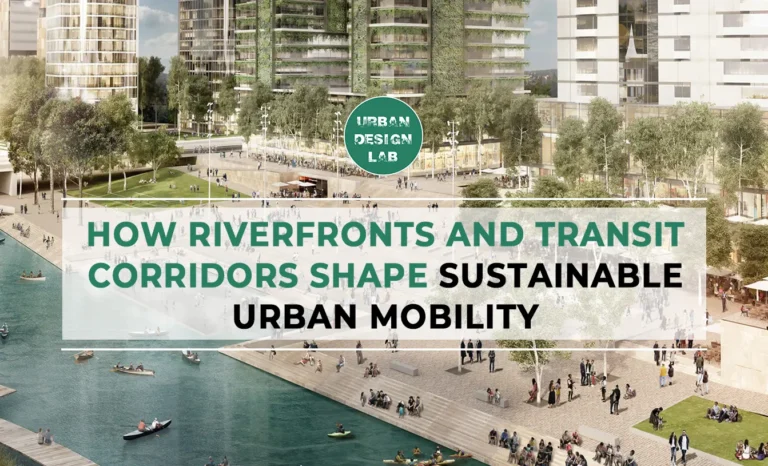
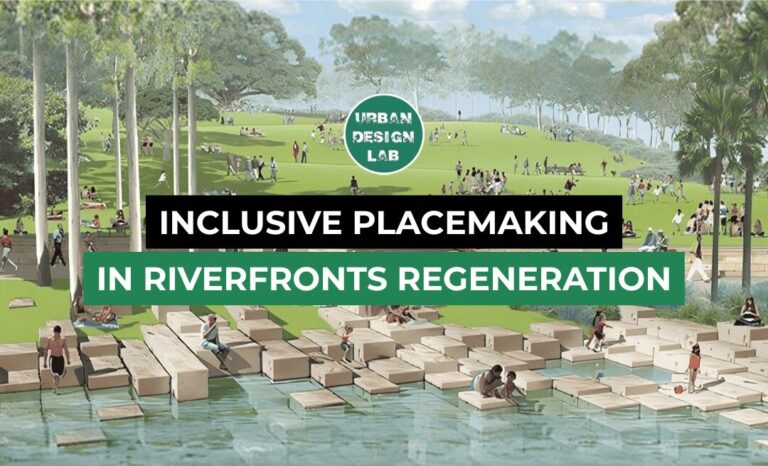
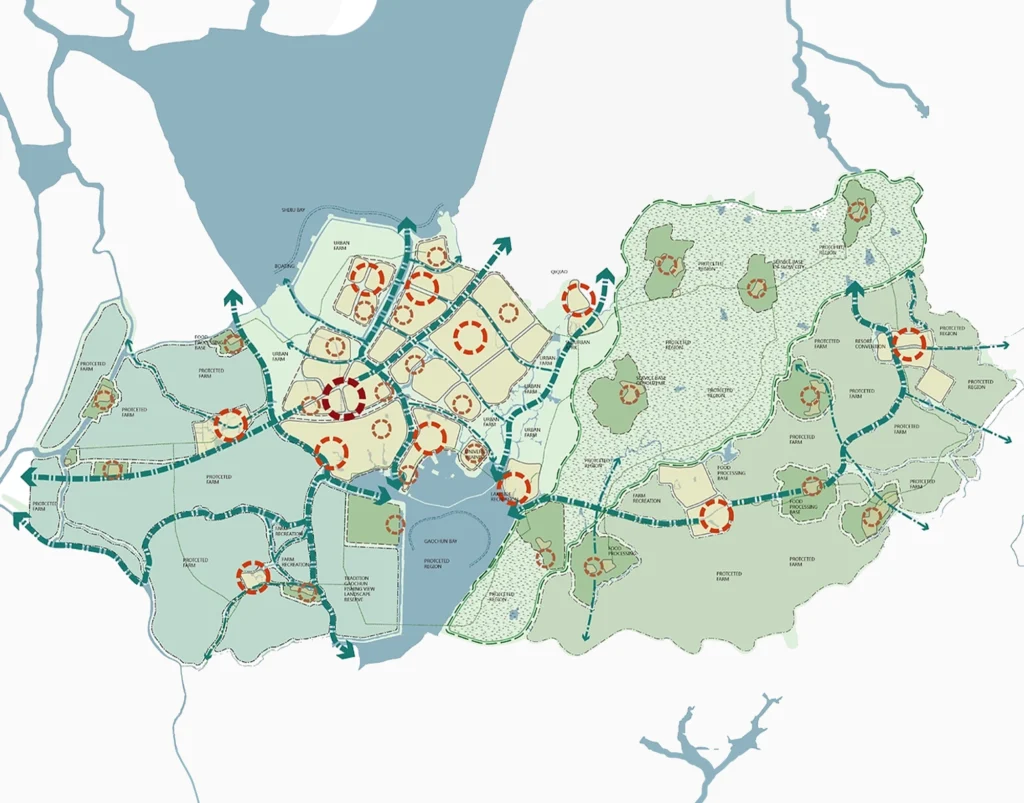
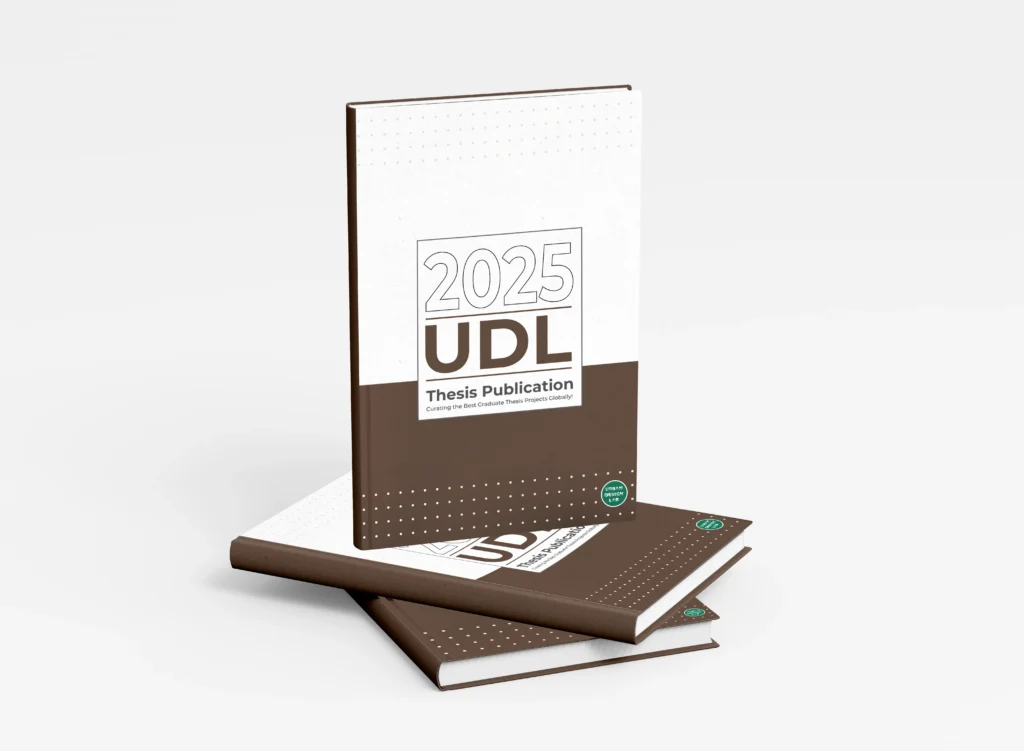


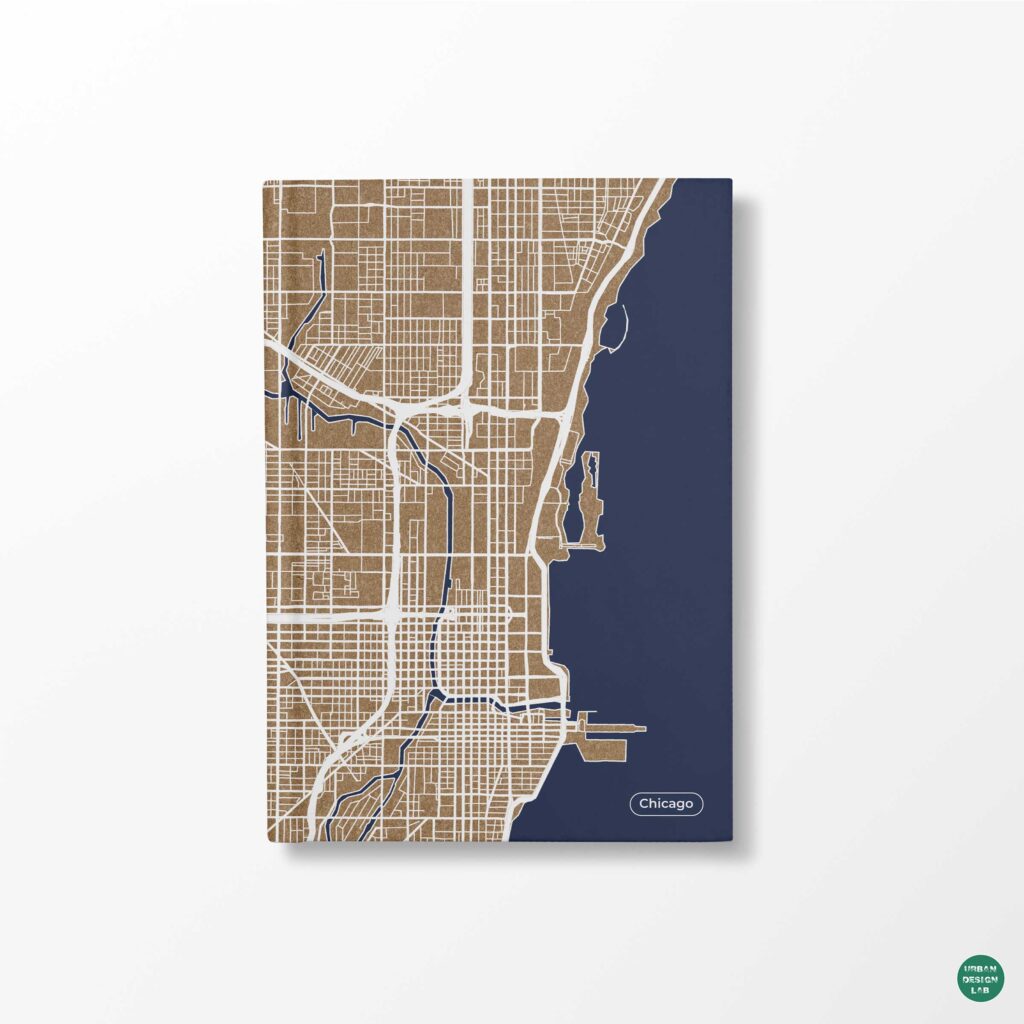
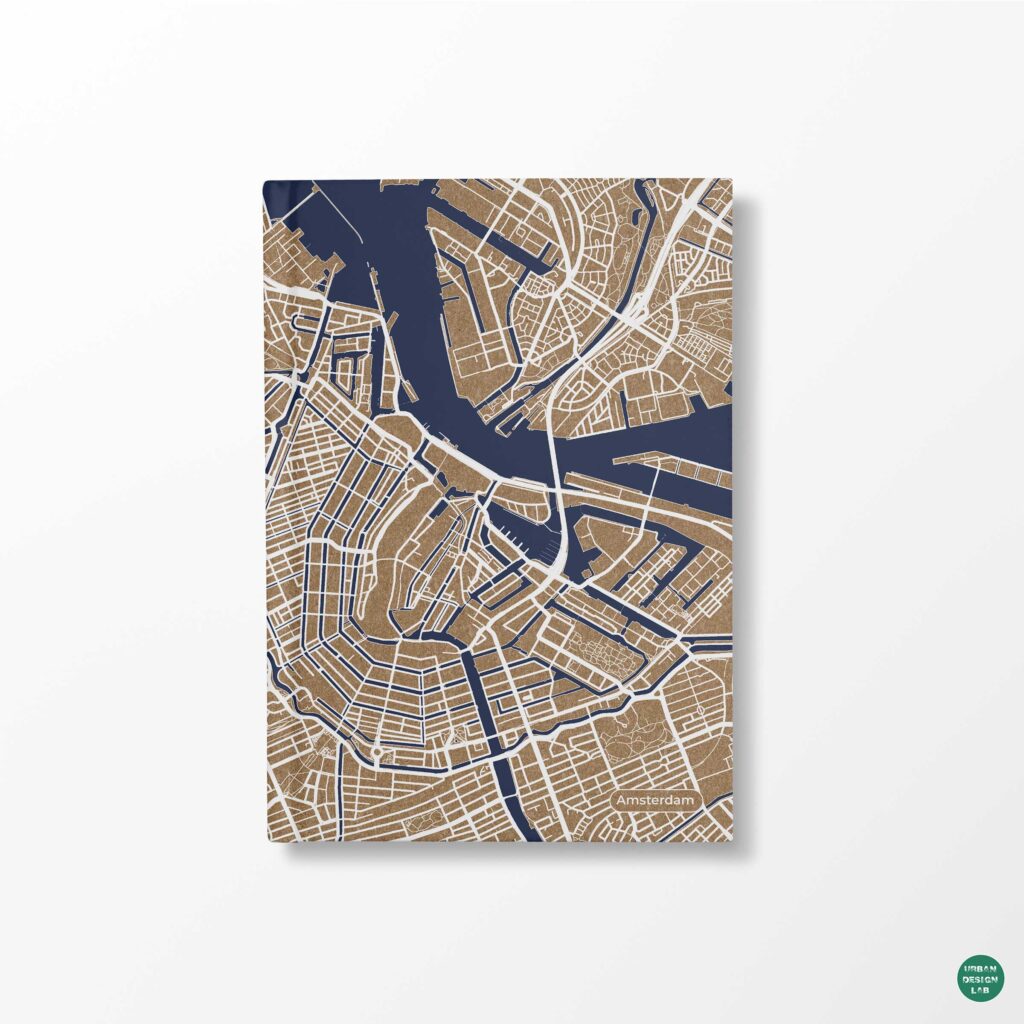
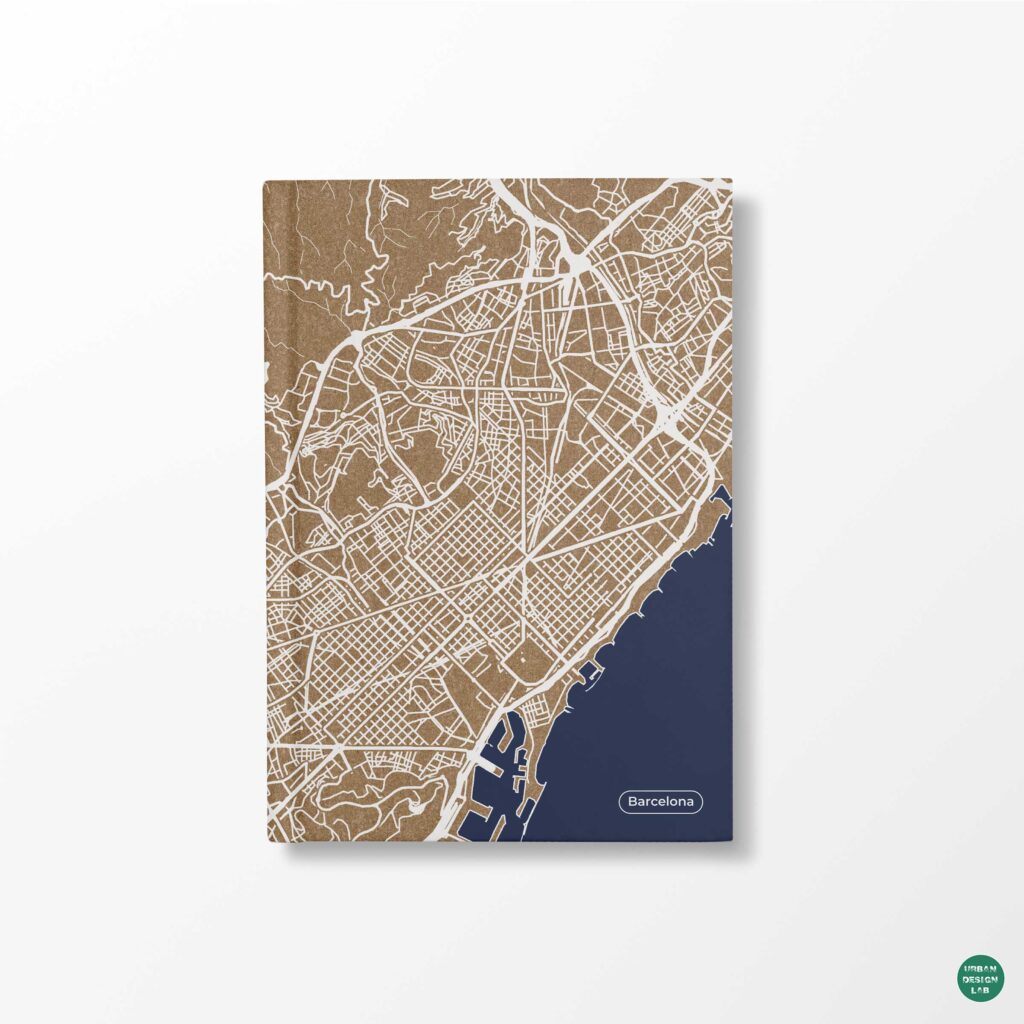
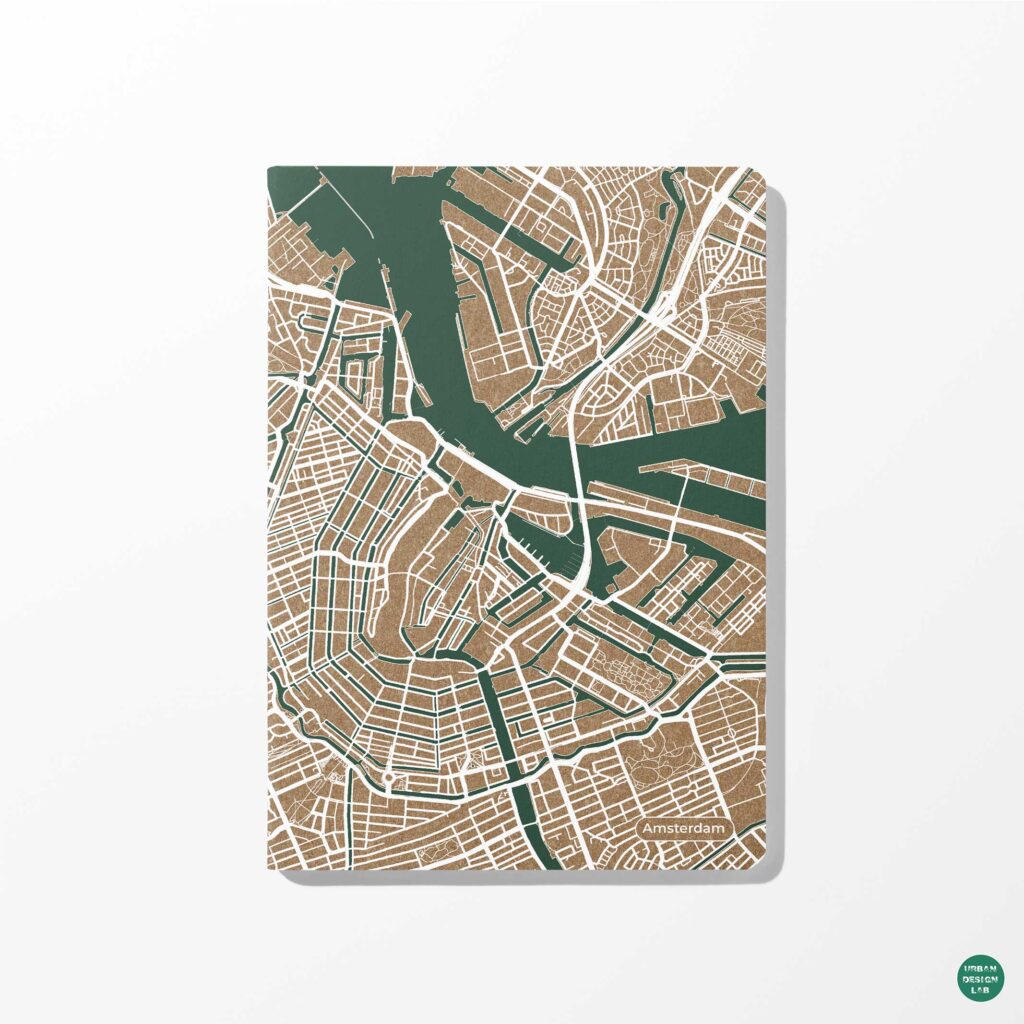
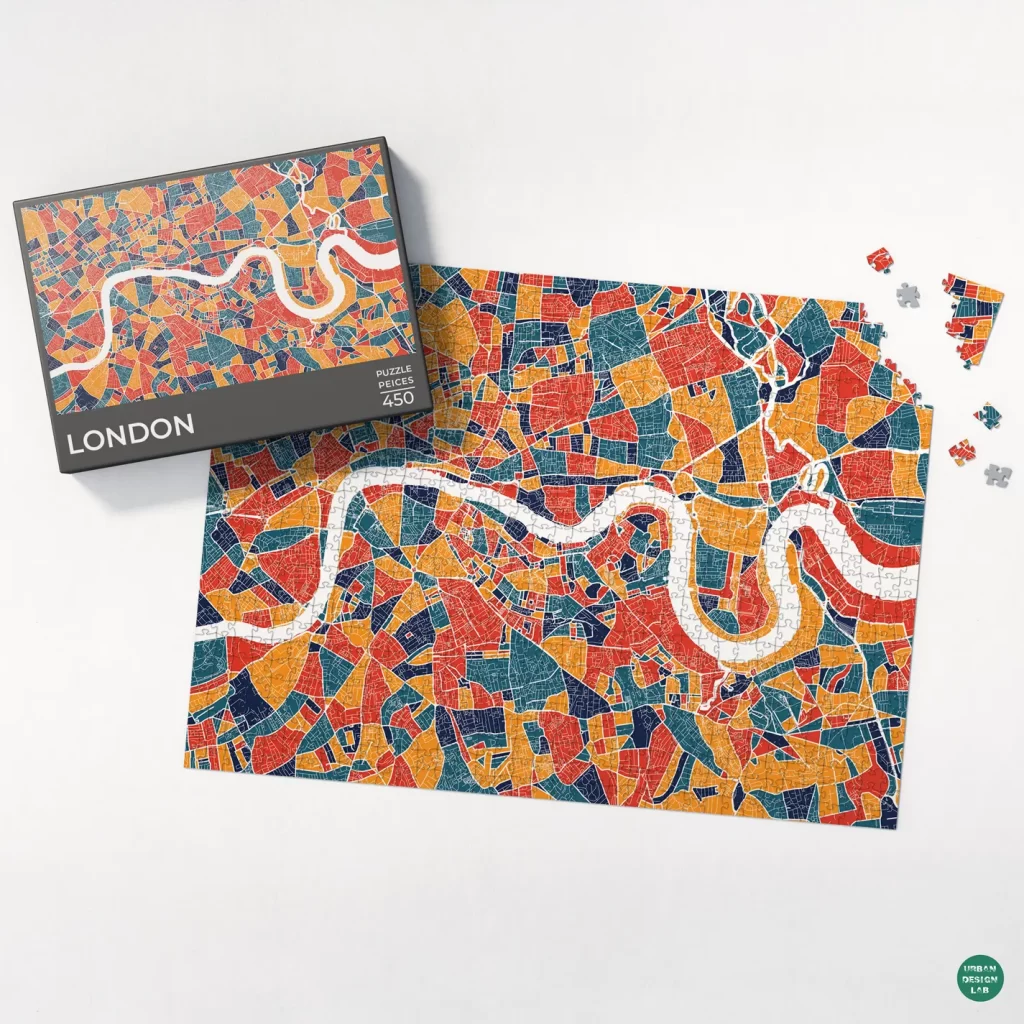
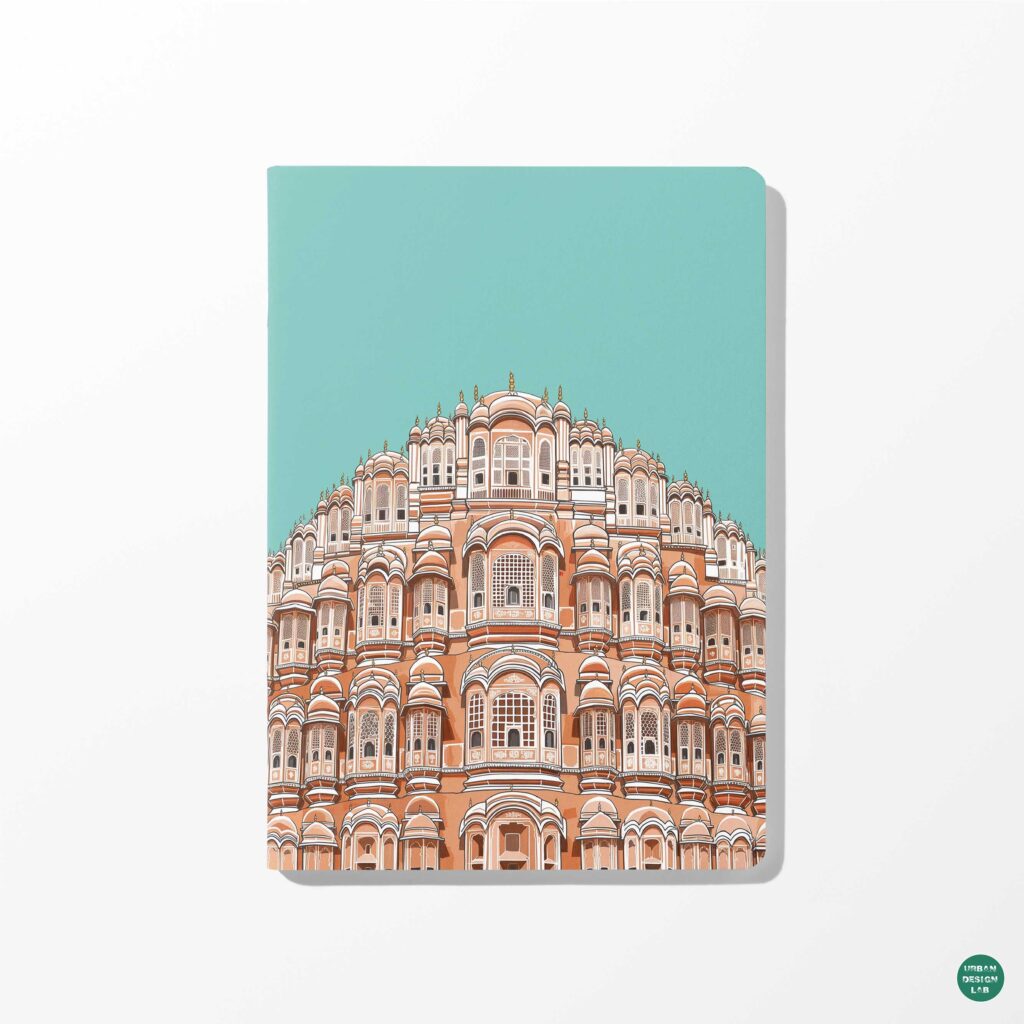
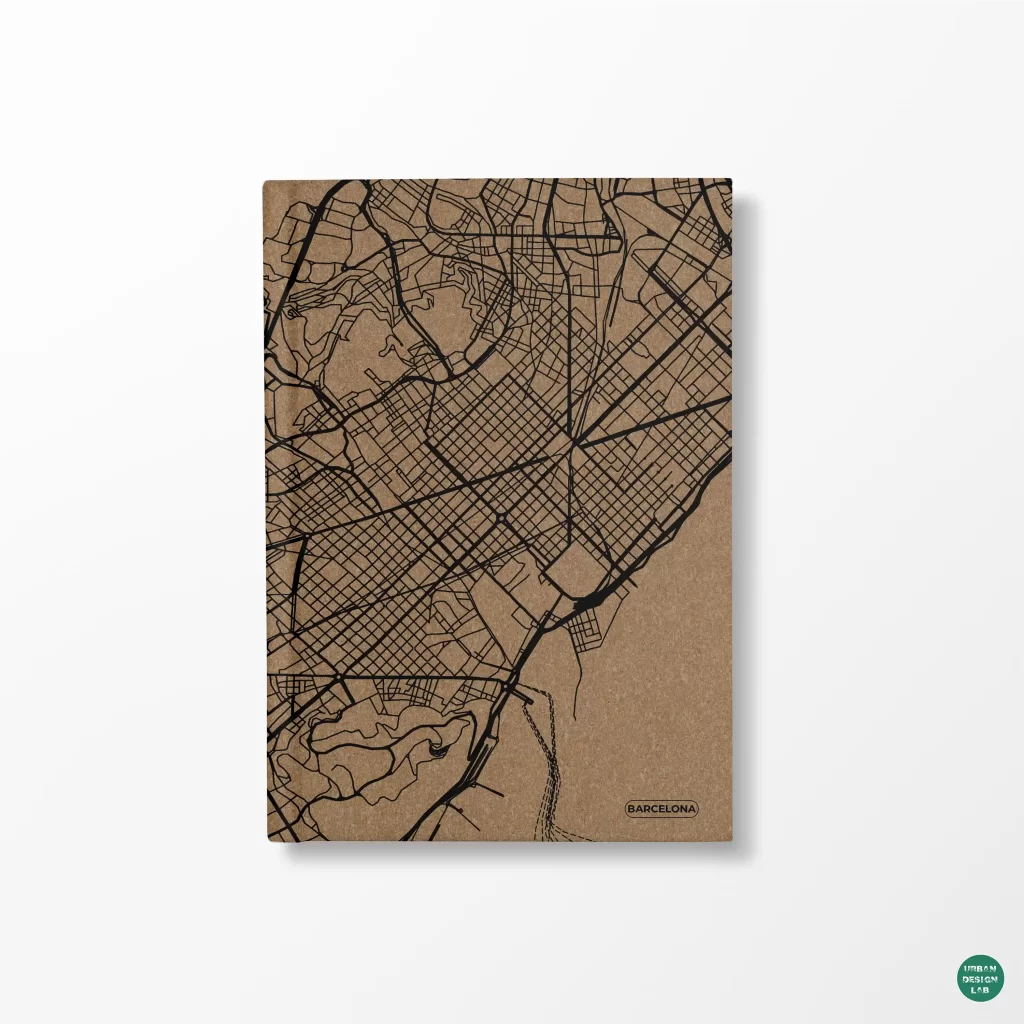
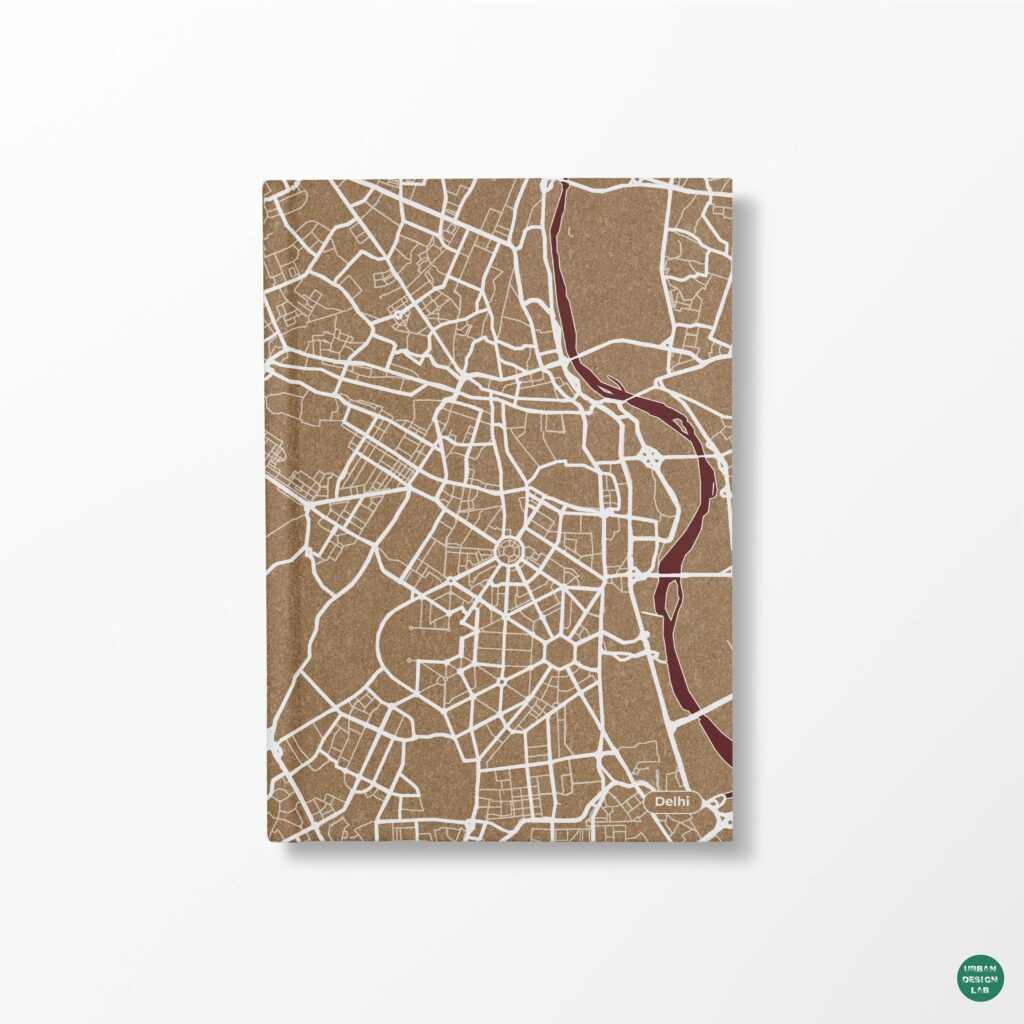
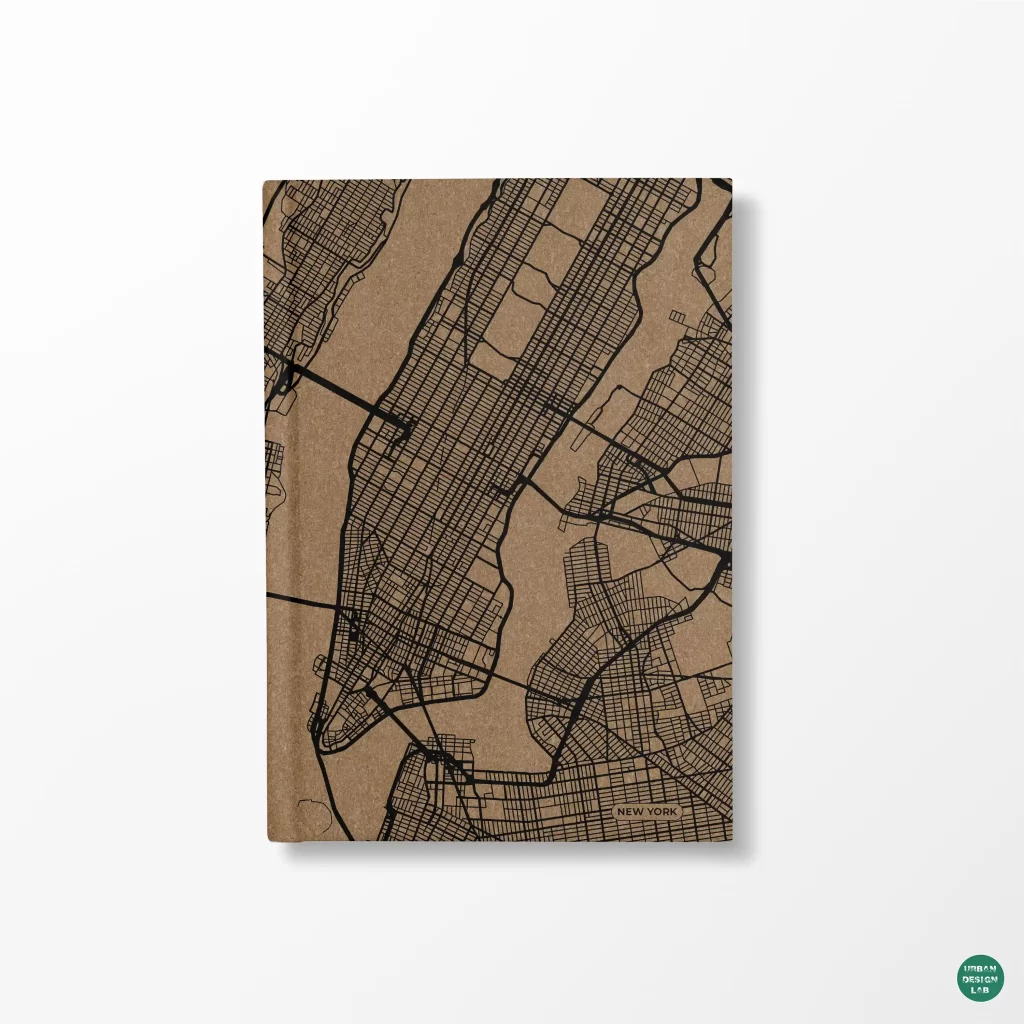
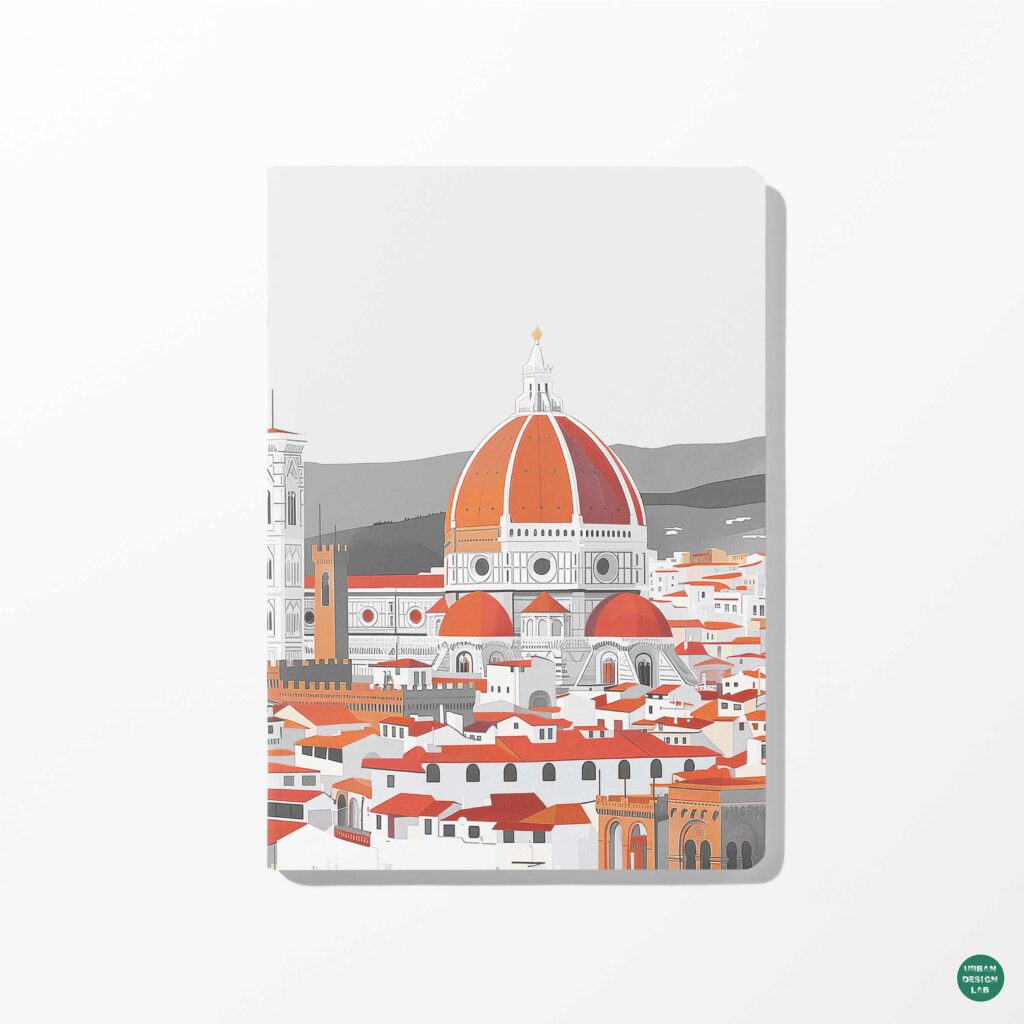
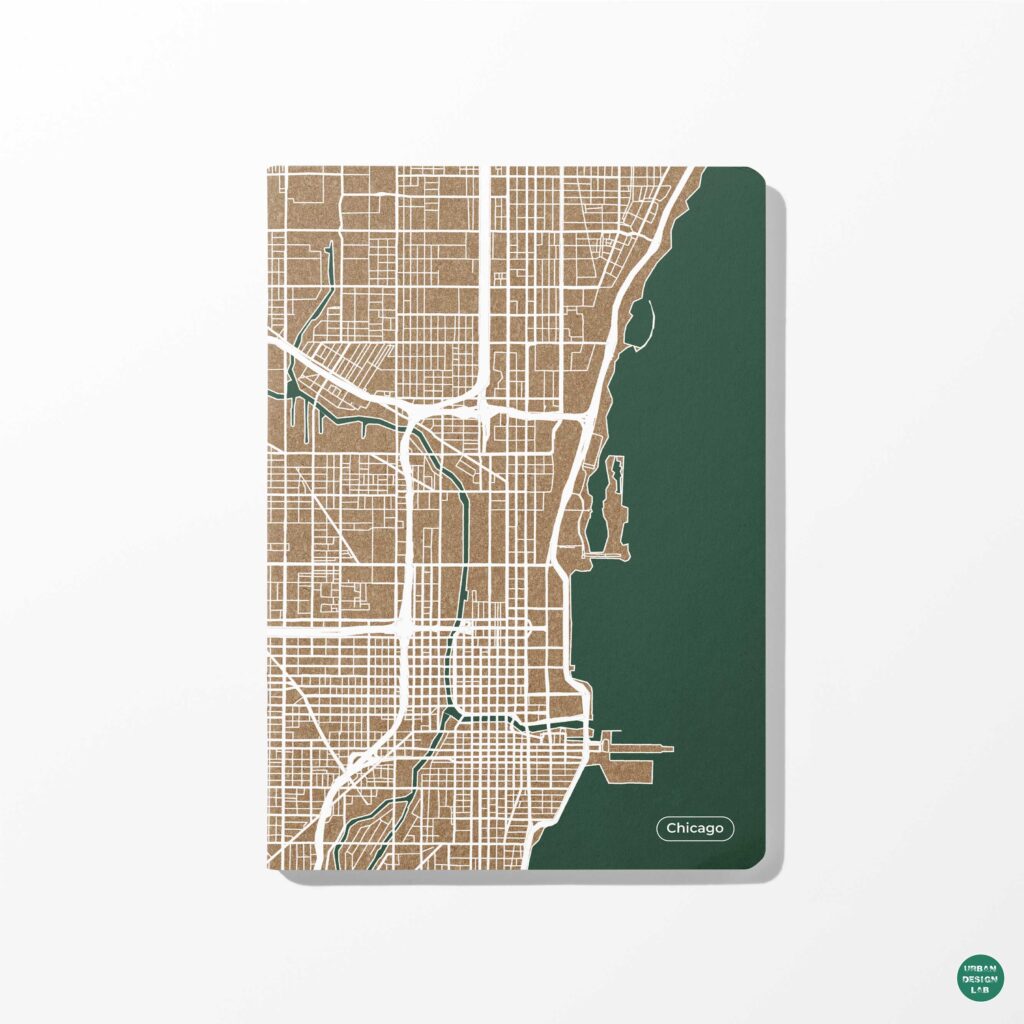
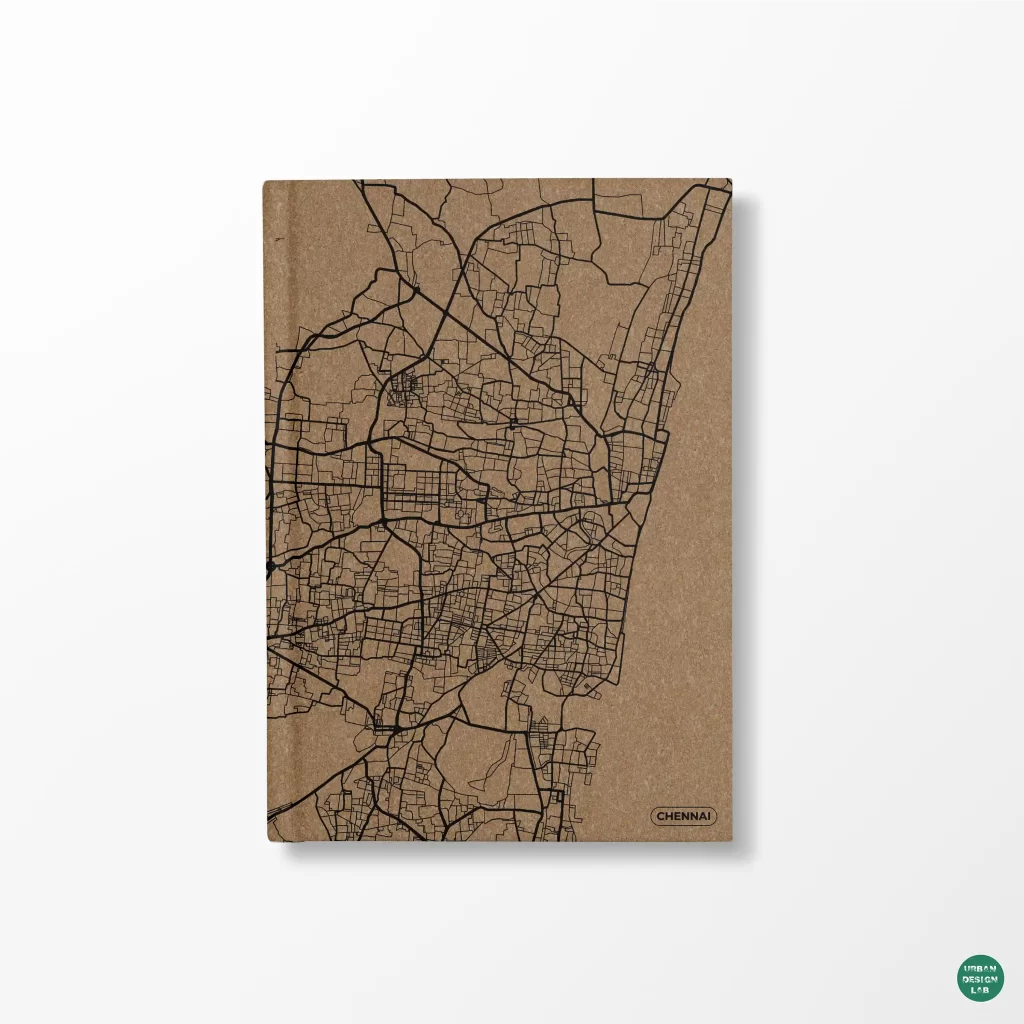

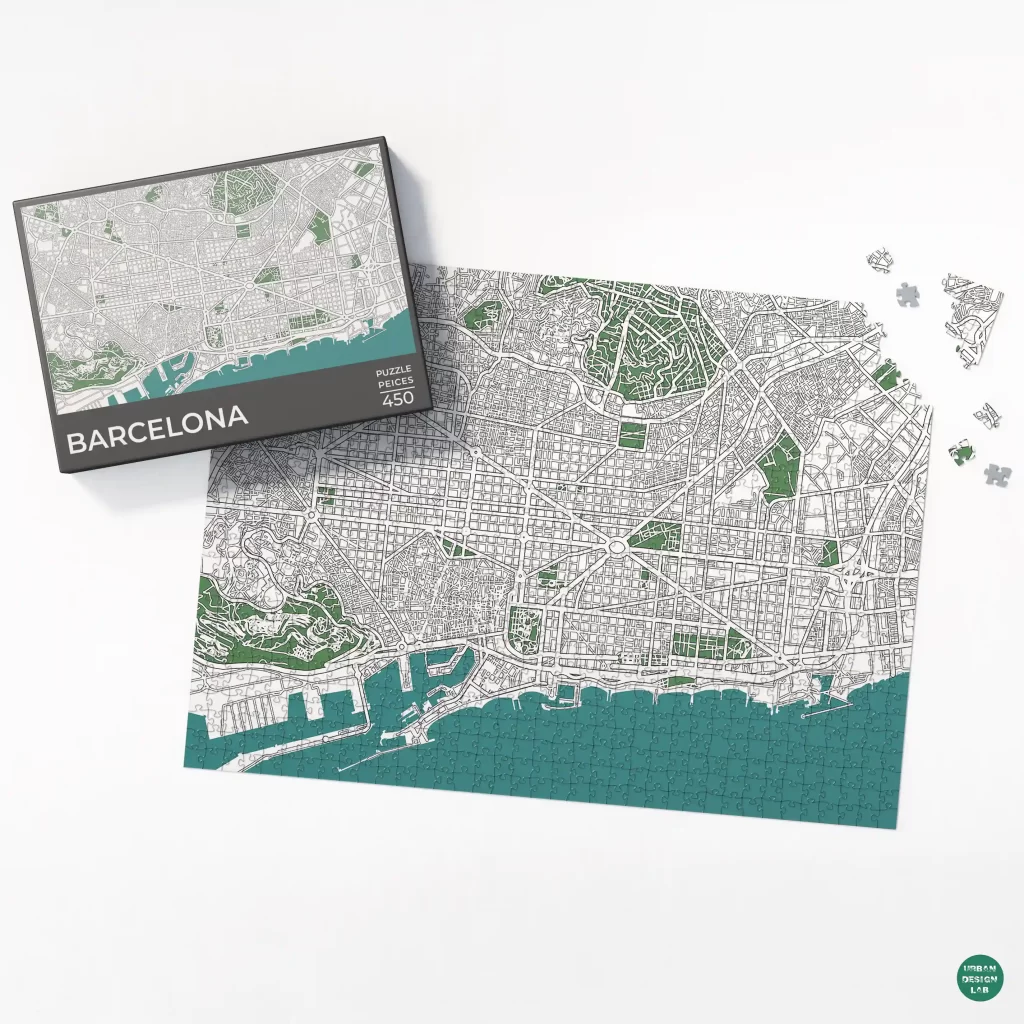
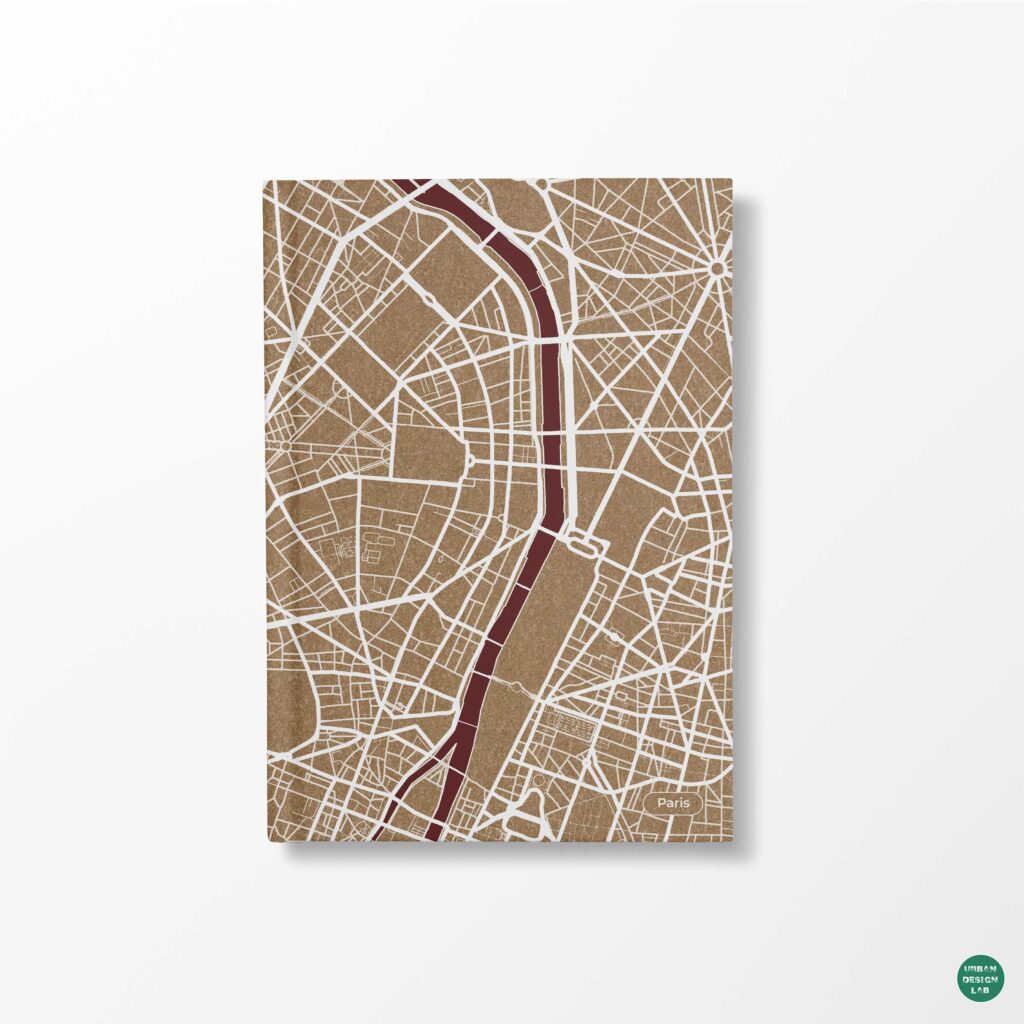
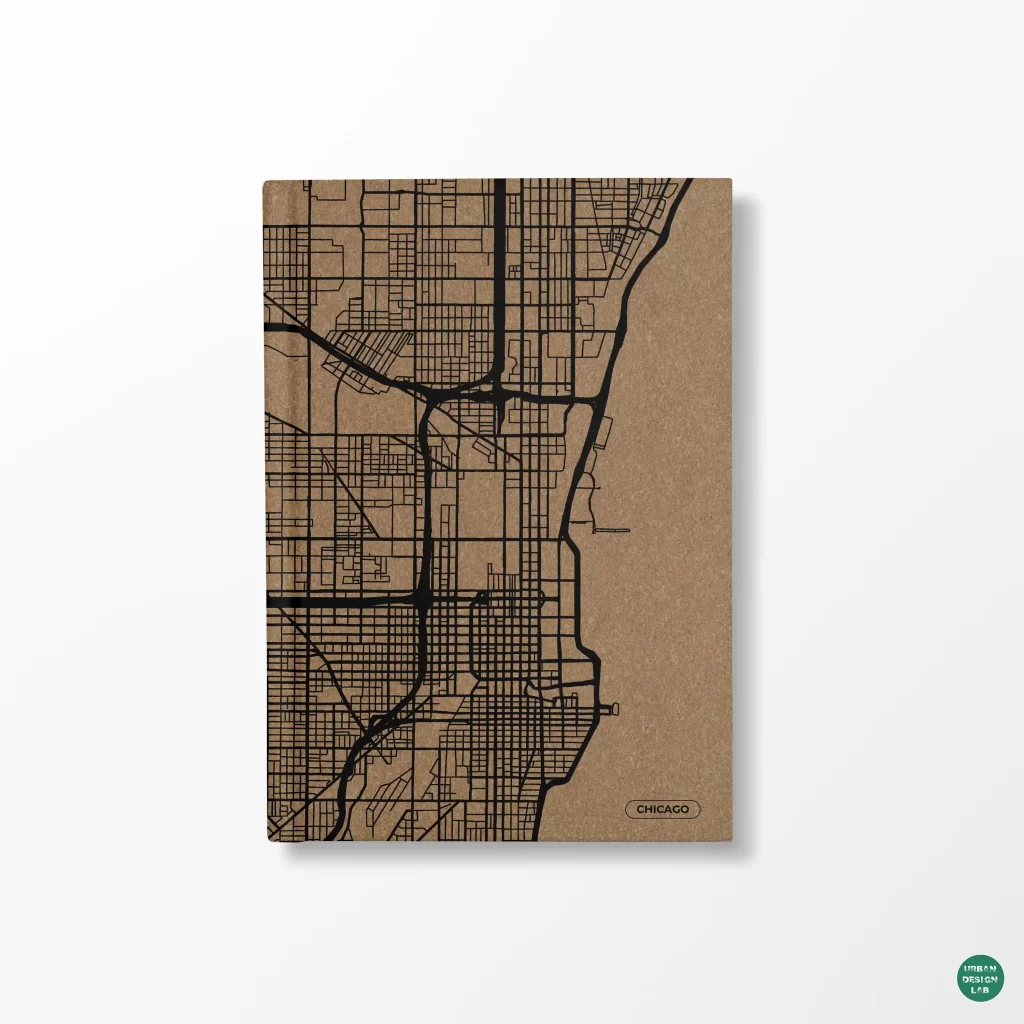
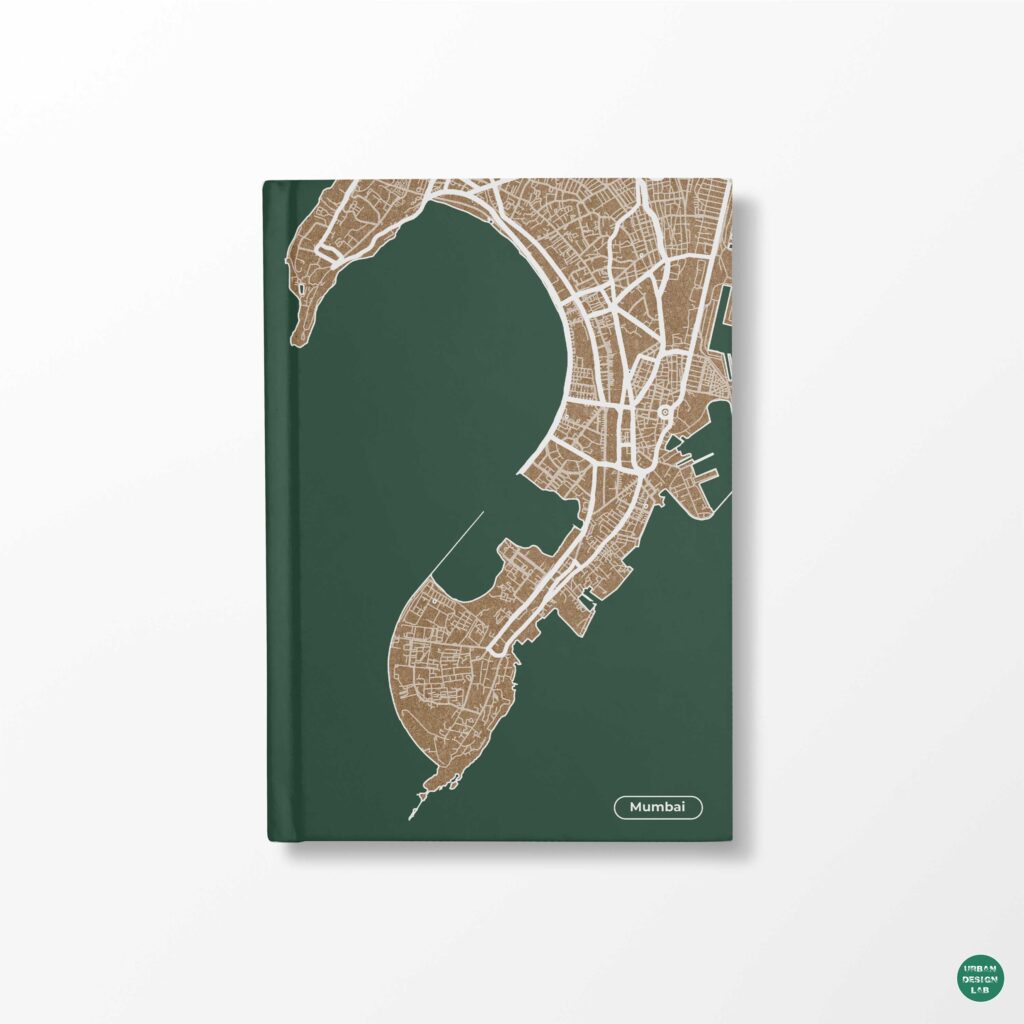


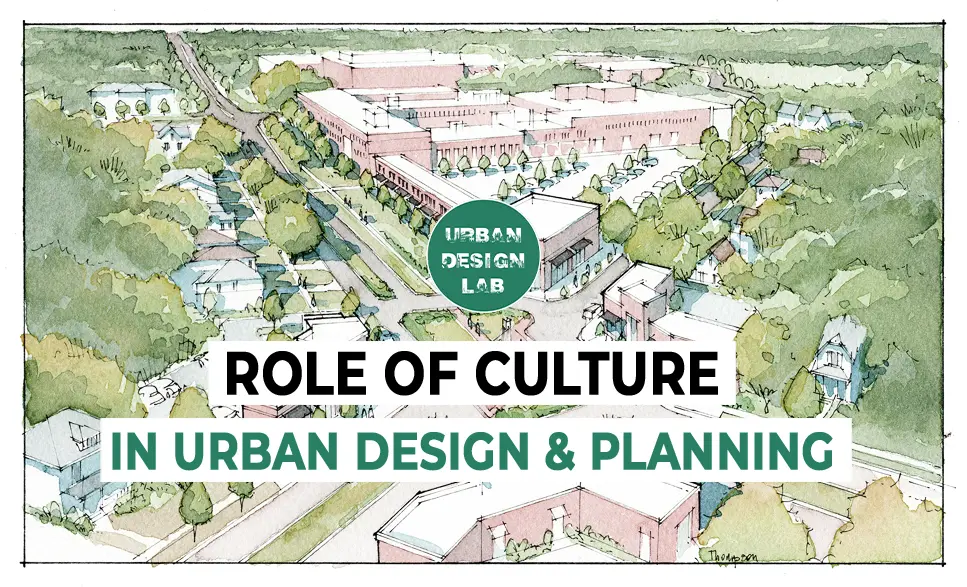
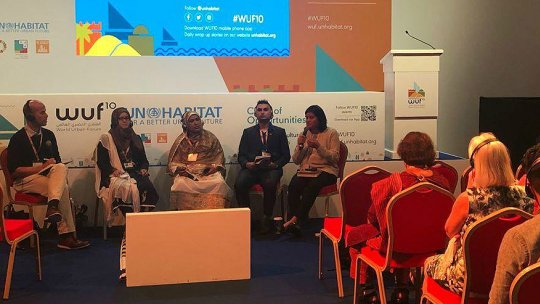
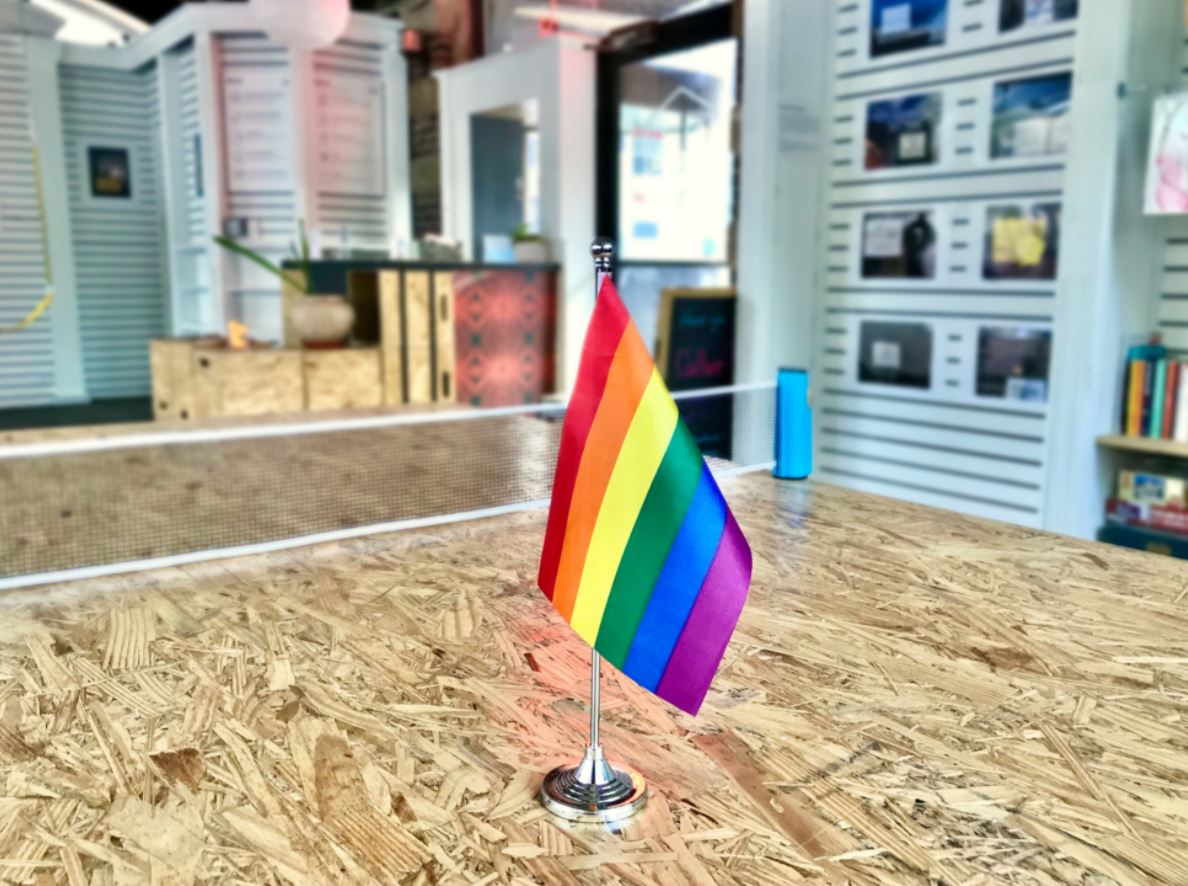
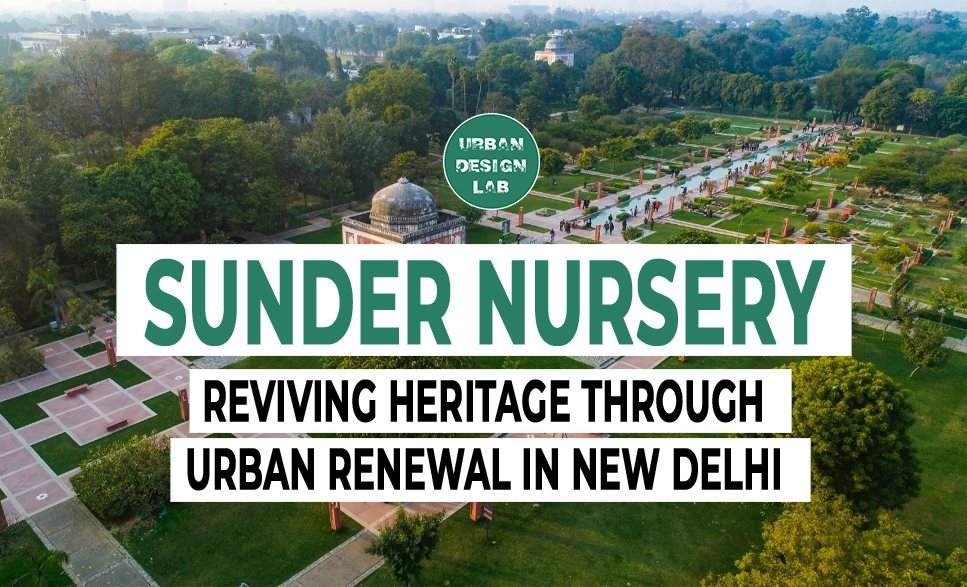

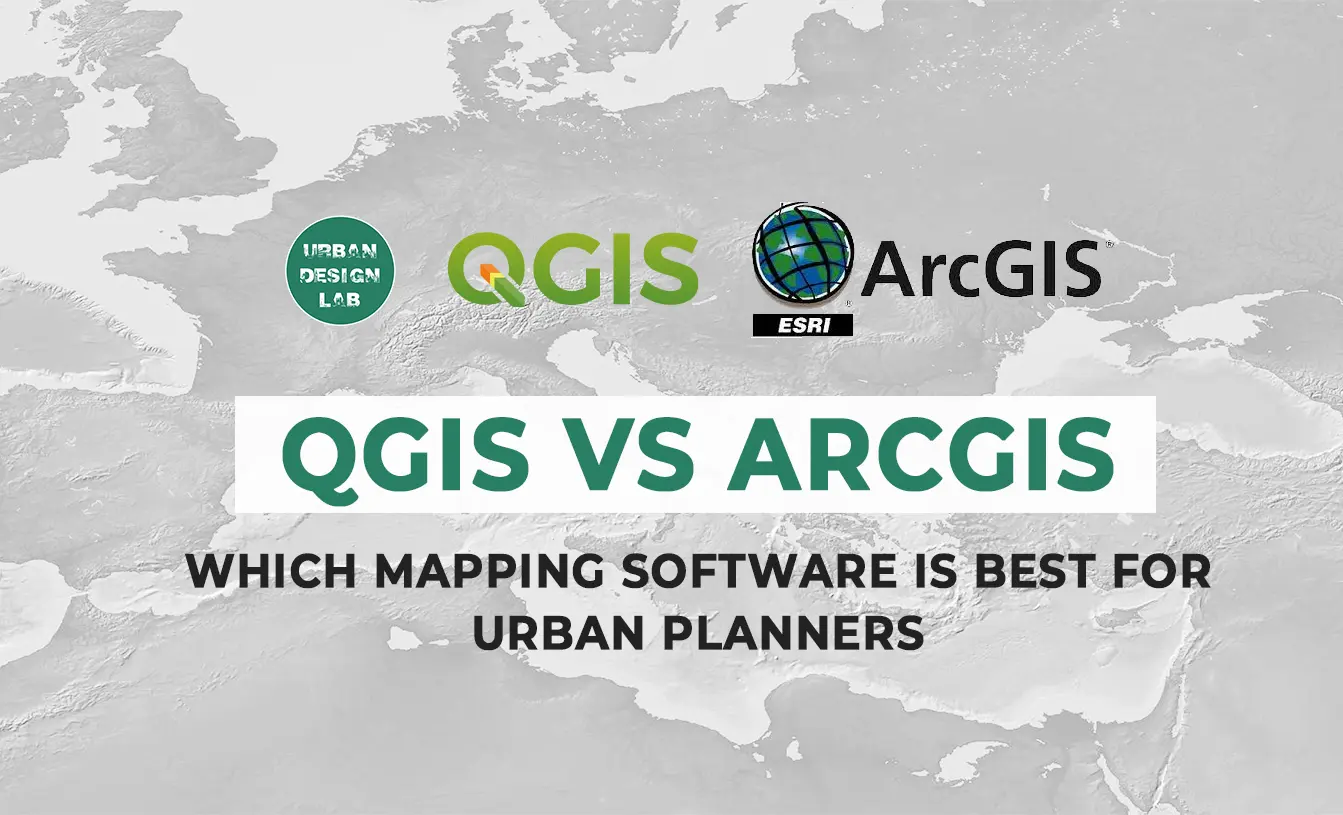
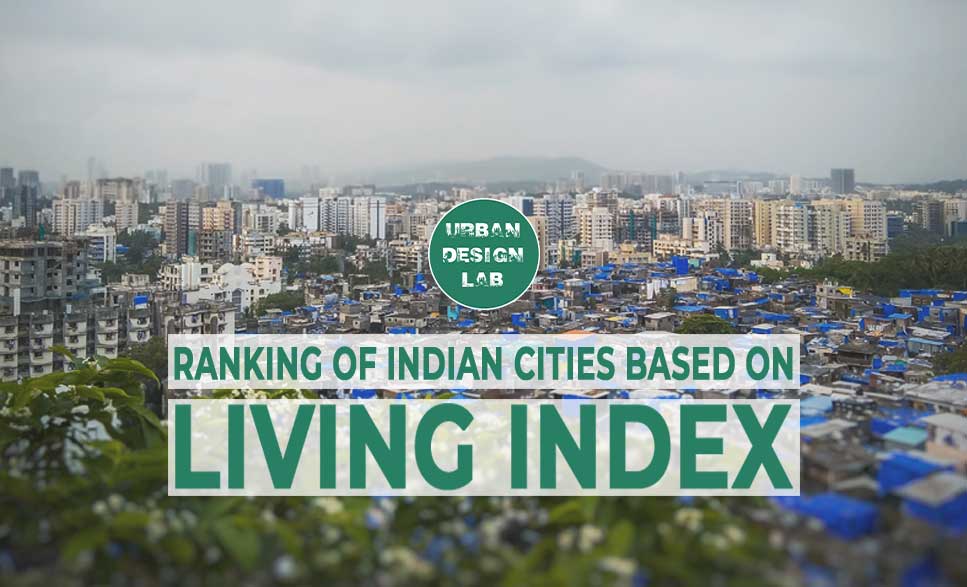

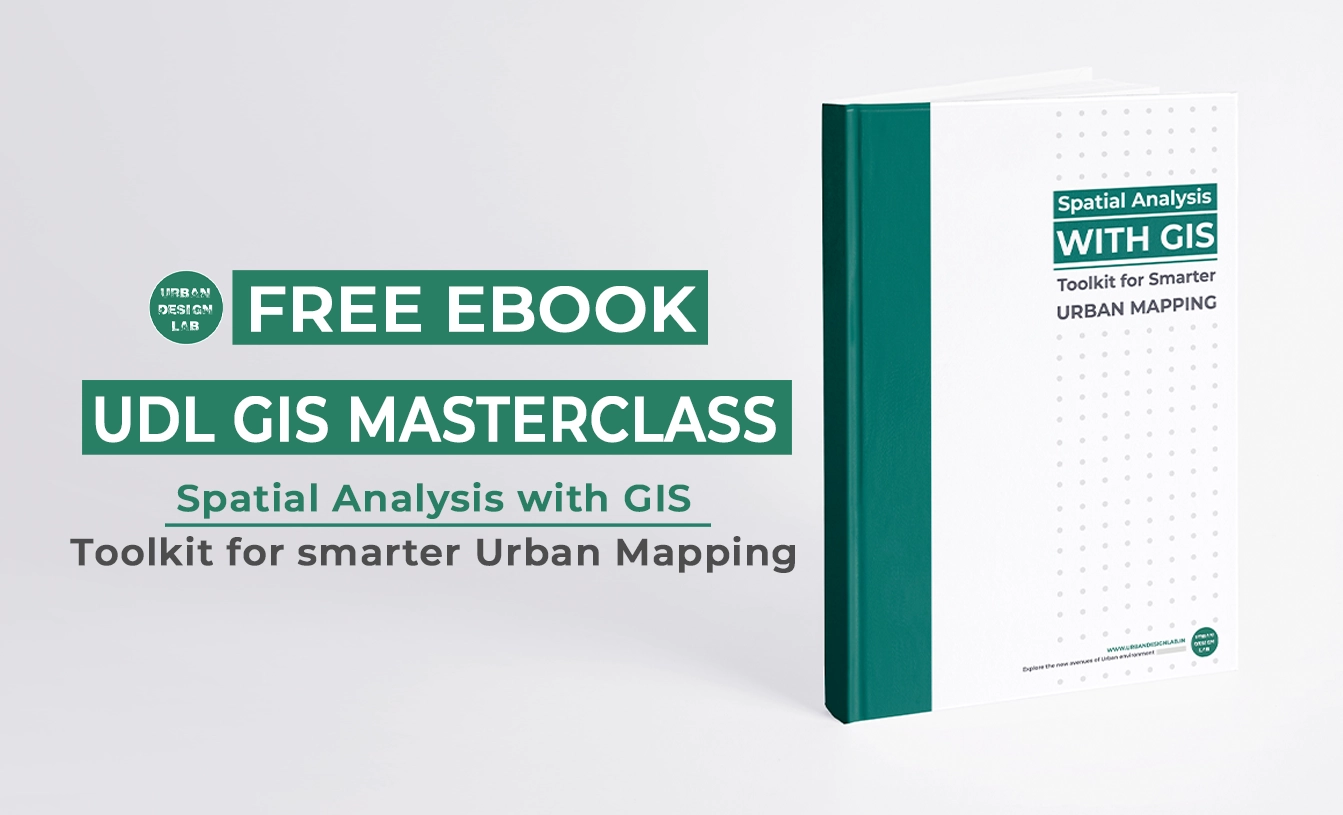
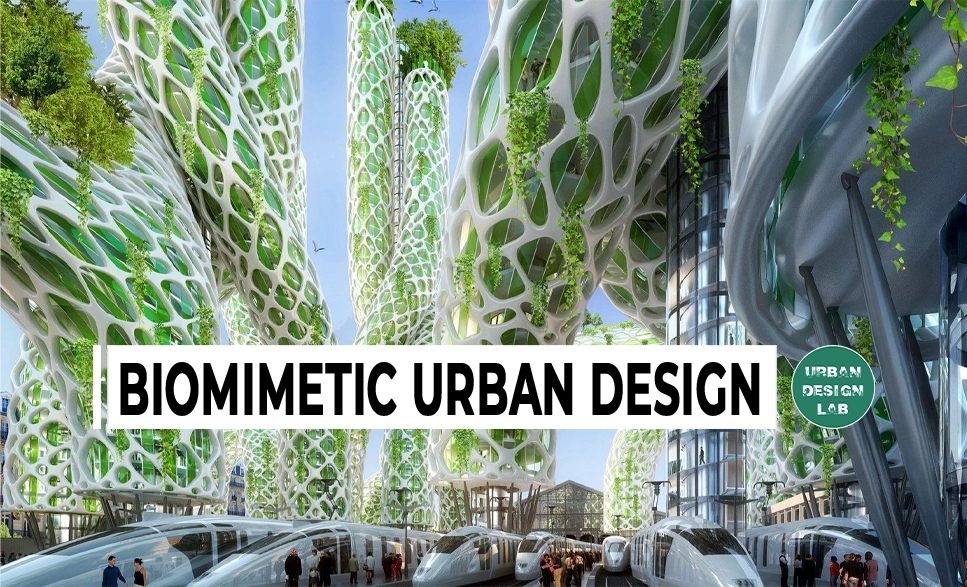
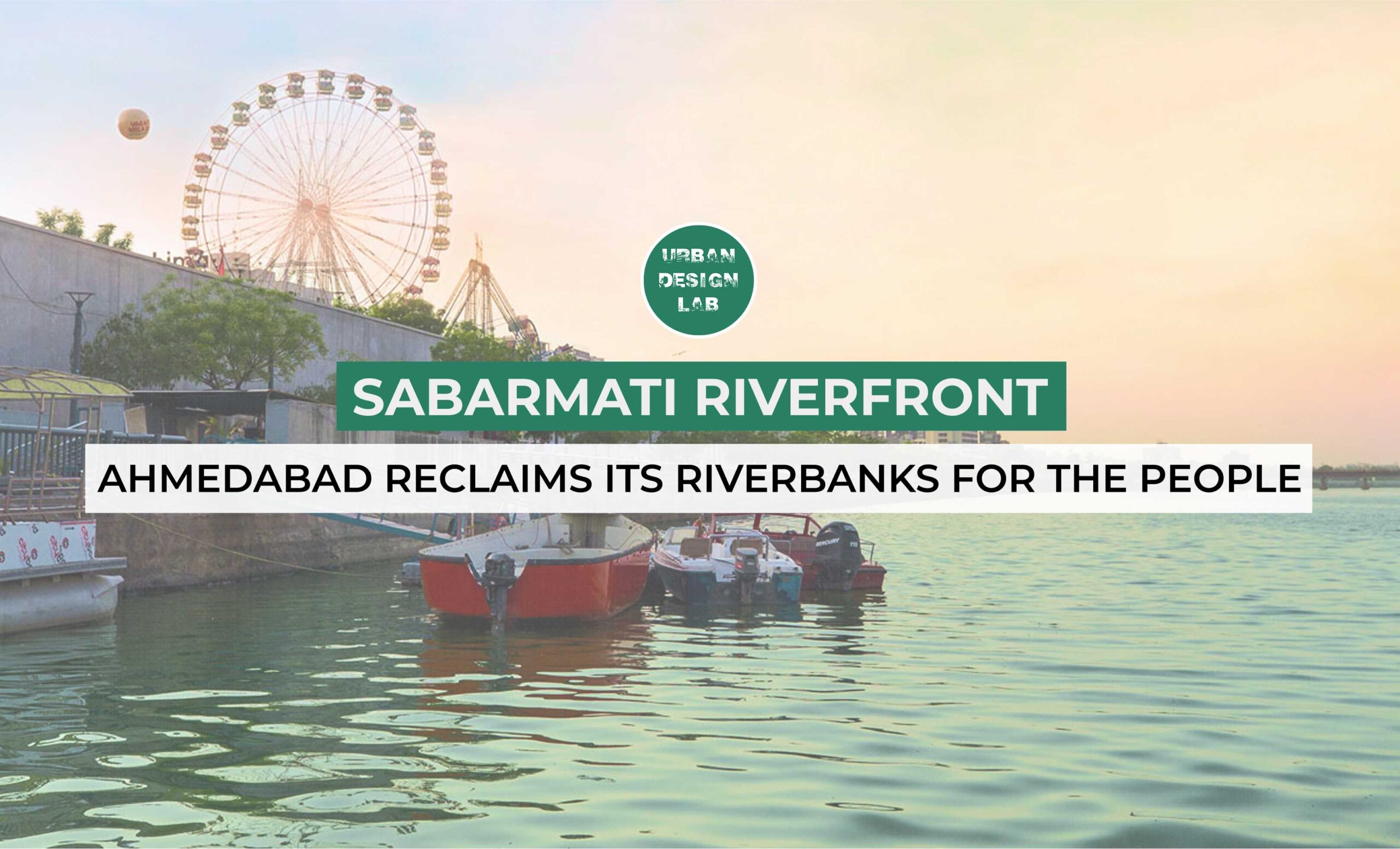
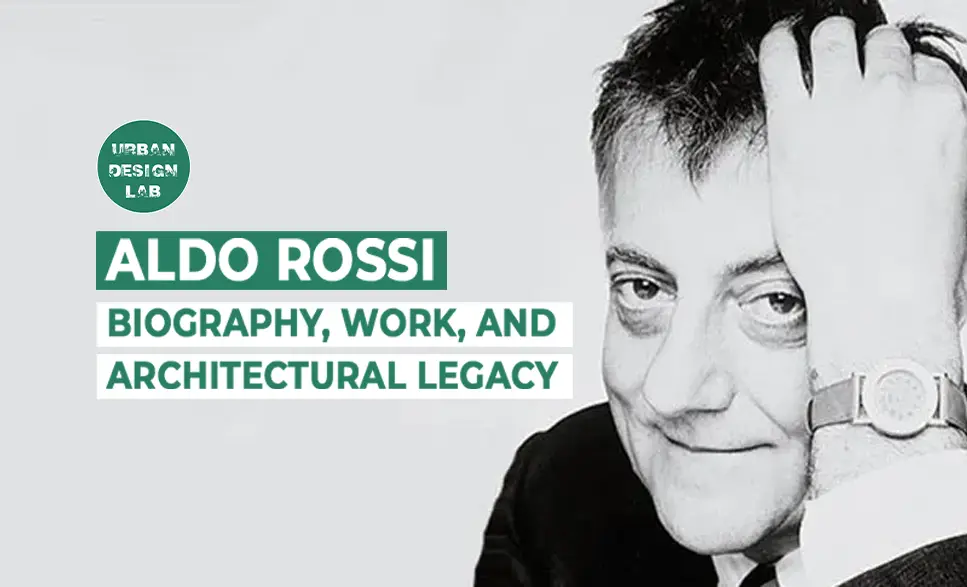
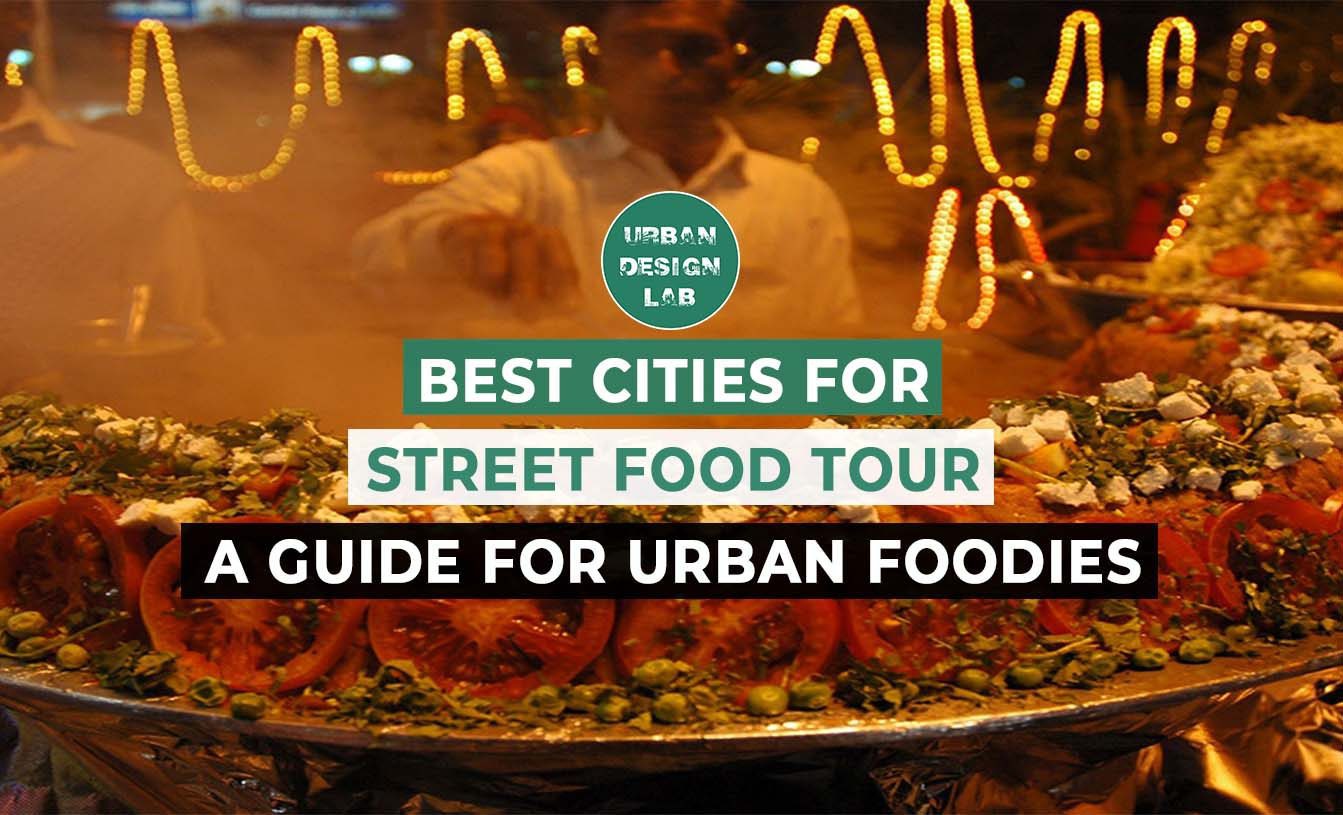
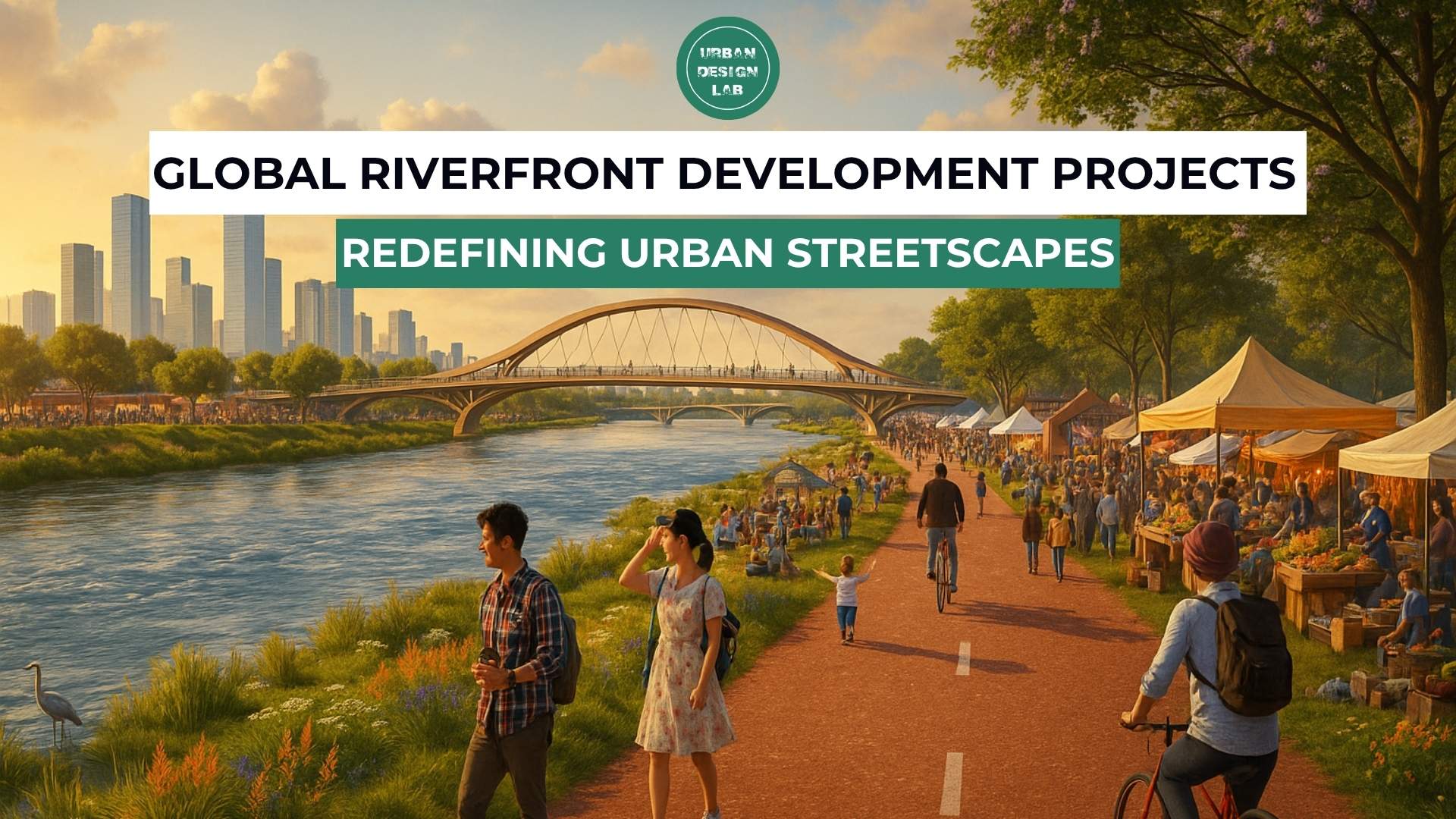
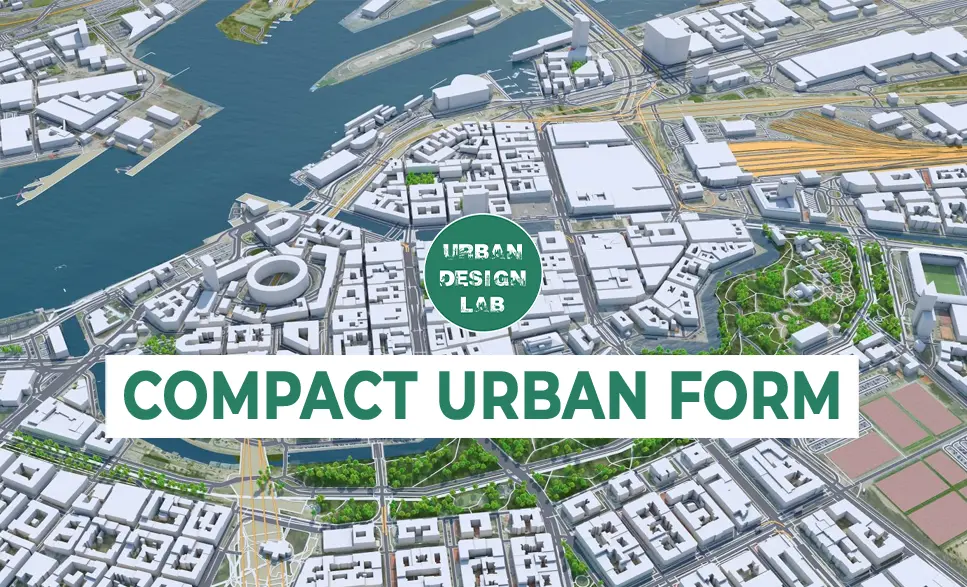
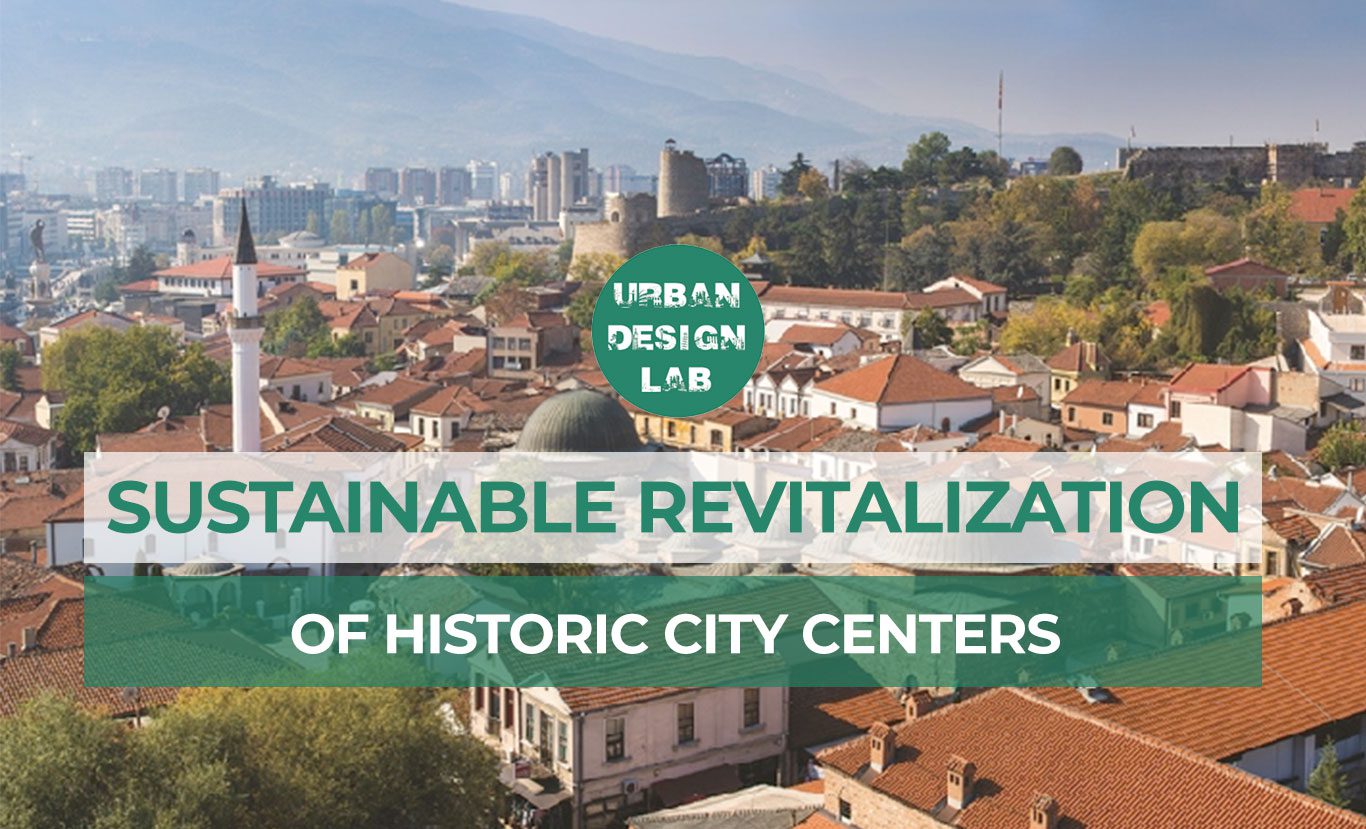


11 Comments
Excellent work! Looking forward to future posts.
I’ve read similar posts, but yours stood out for its clarity.
Your writing style makes complex ideas so easy to digest.
Your writing style makes complex ideas so easy to digest.
This topic really needed to be talked about. Thank you.
You’ve clearly done your research, and it shows.
Keep writing! Your content is always so helpful.
What an engaging read! You kept me hooked from start to finish.
Thank you for sharing this! I really enjoyed reading your perspective.
Keep educating and inspiring others with posts like this.
Very useful tips! I’m excited to implement them soon.